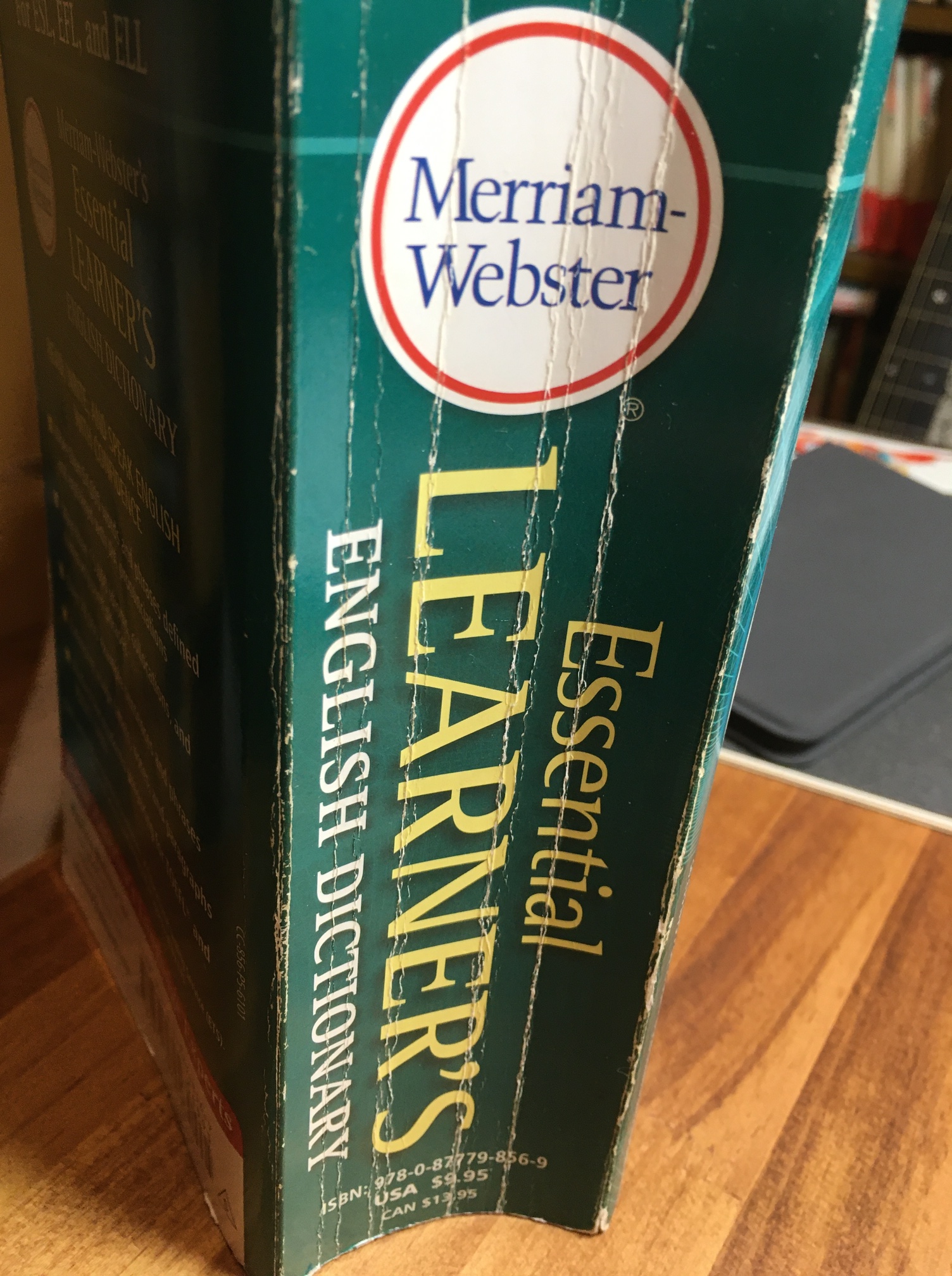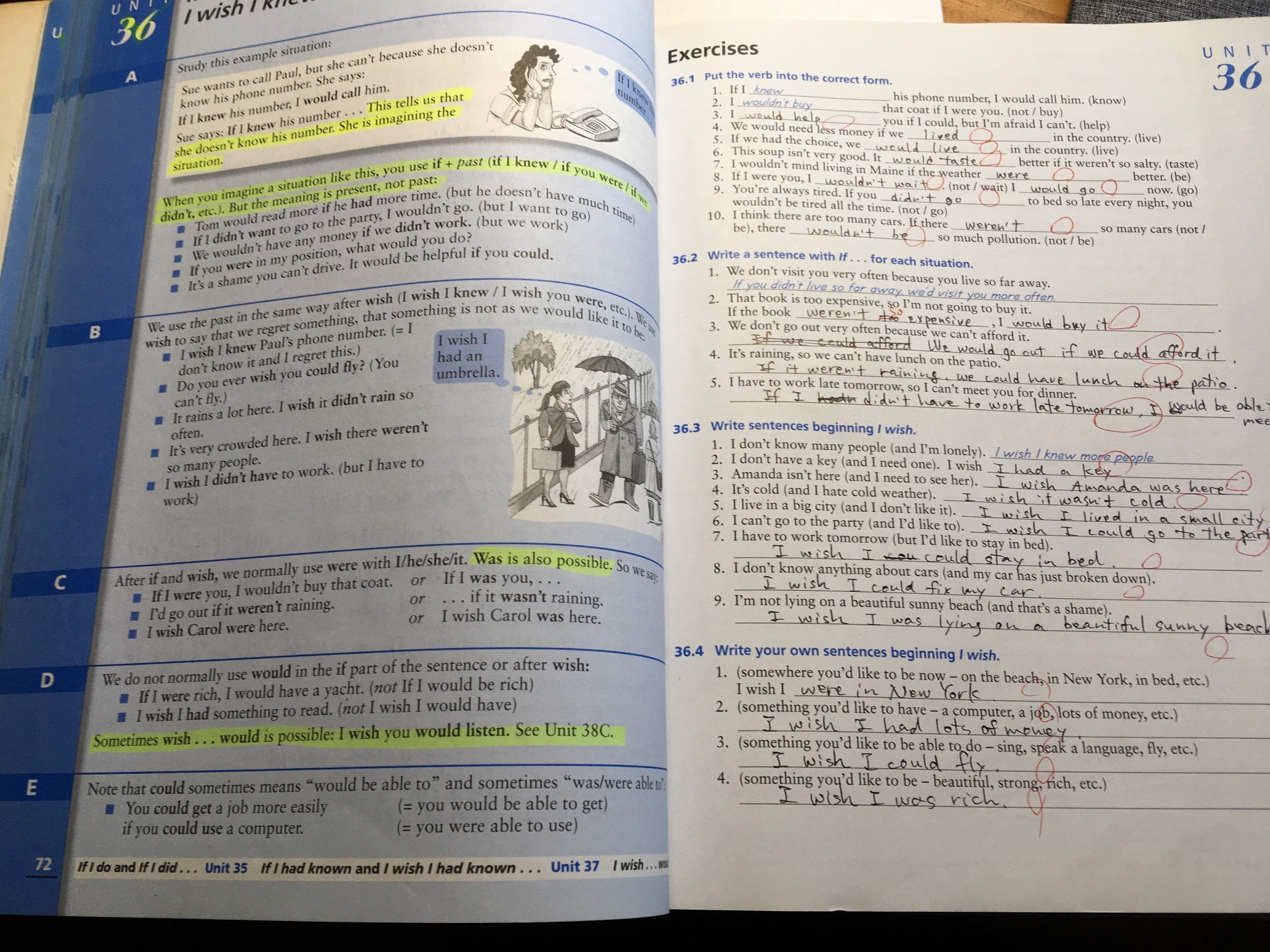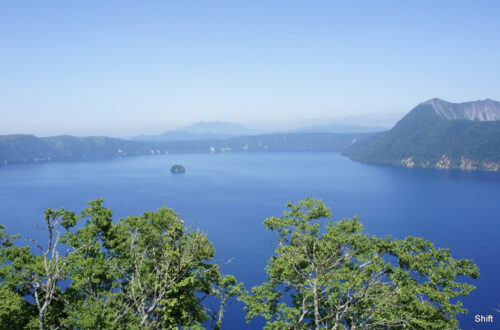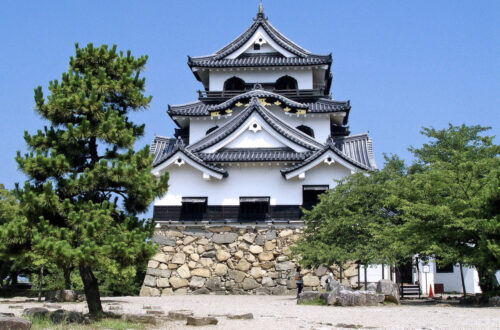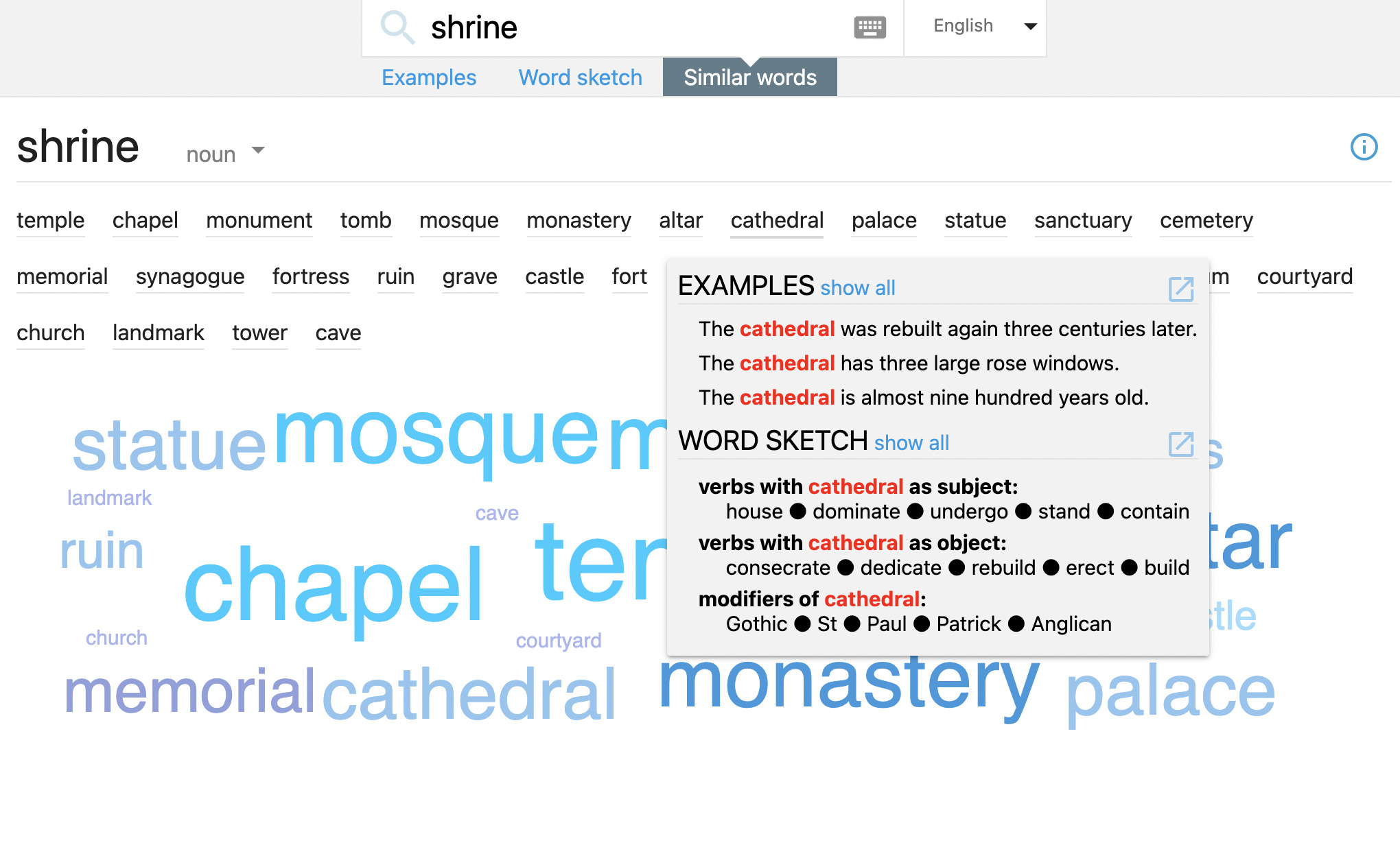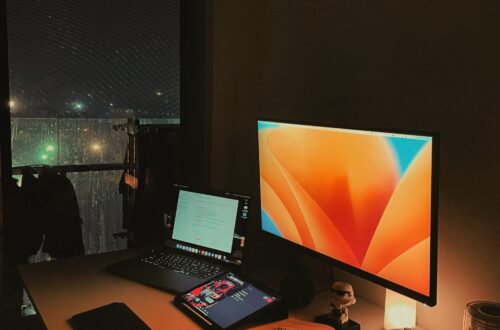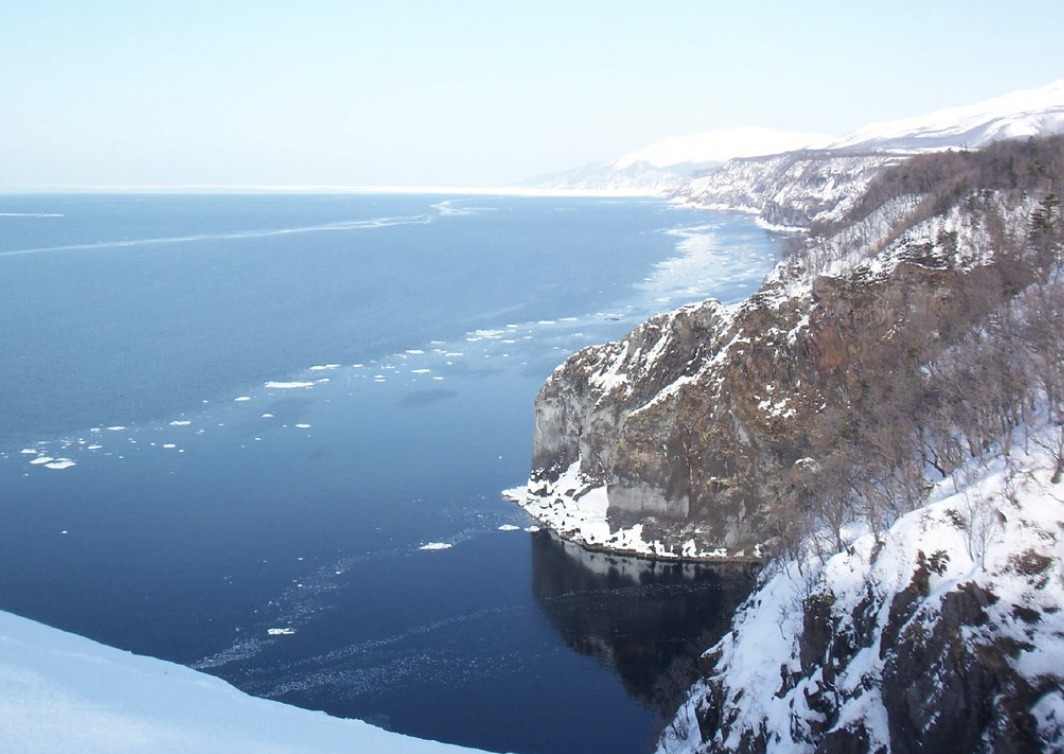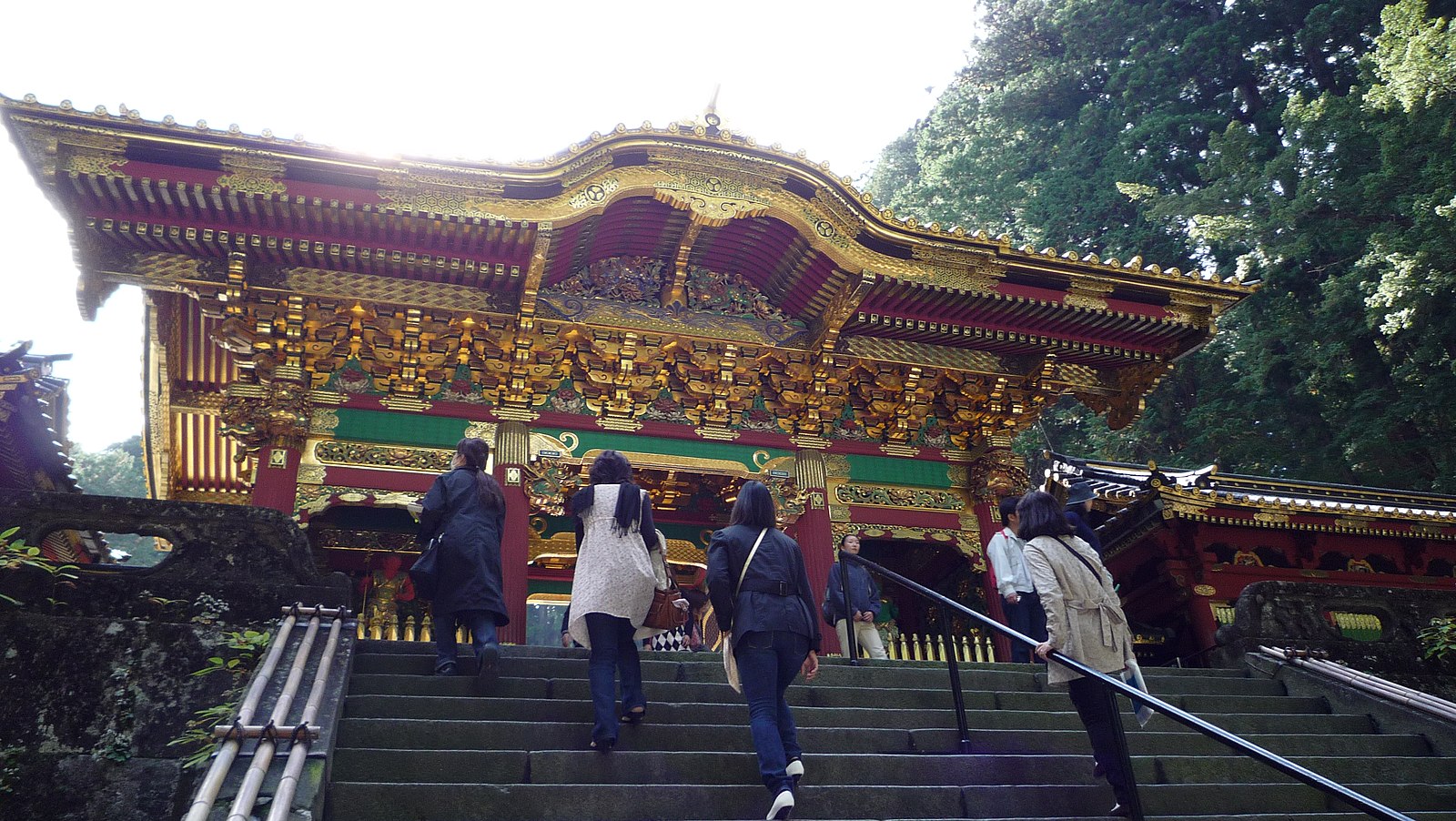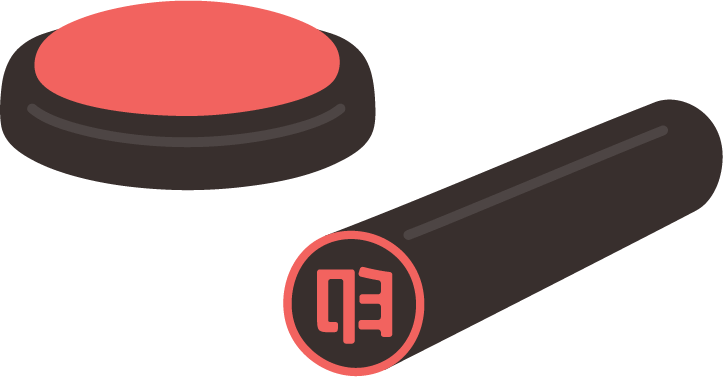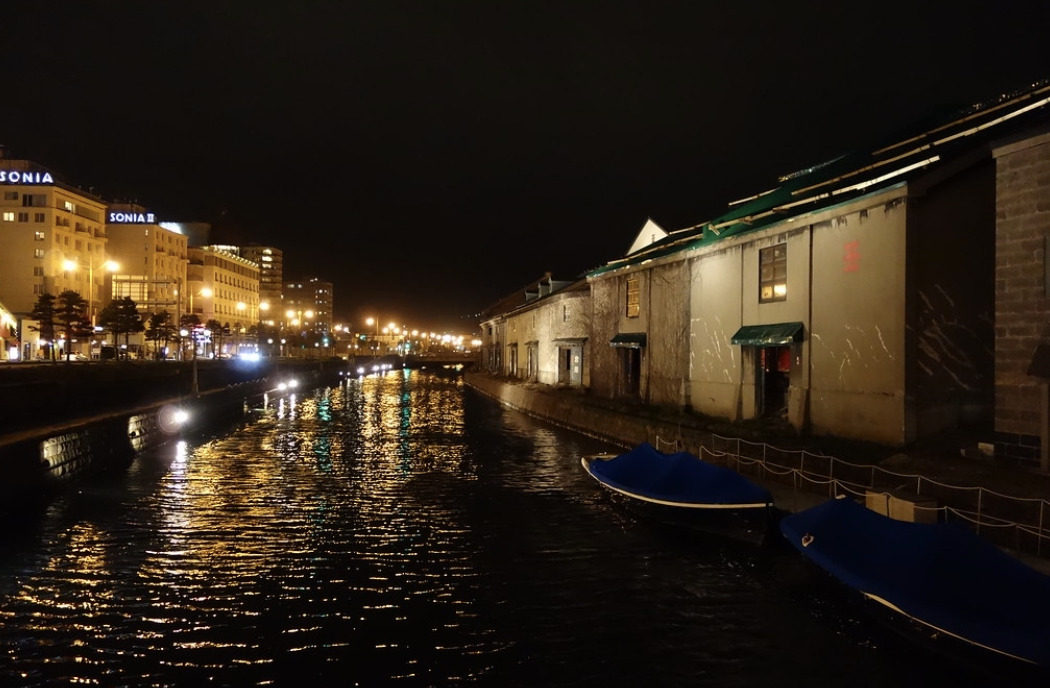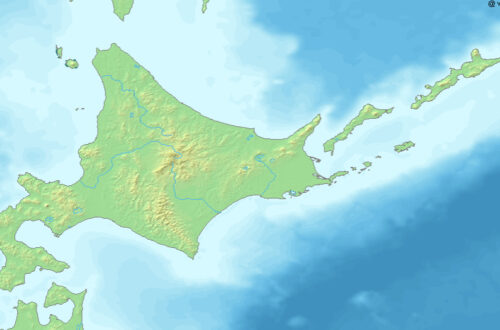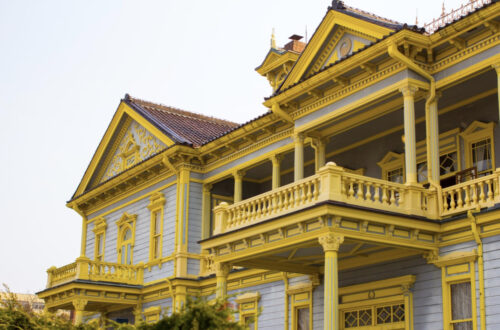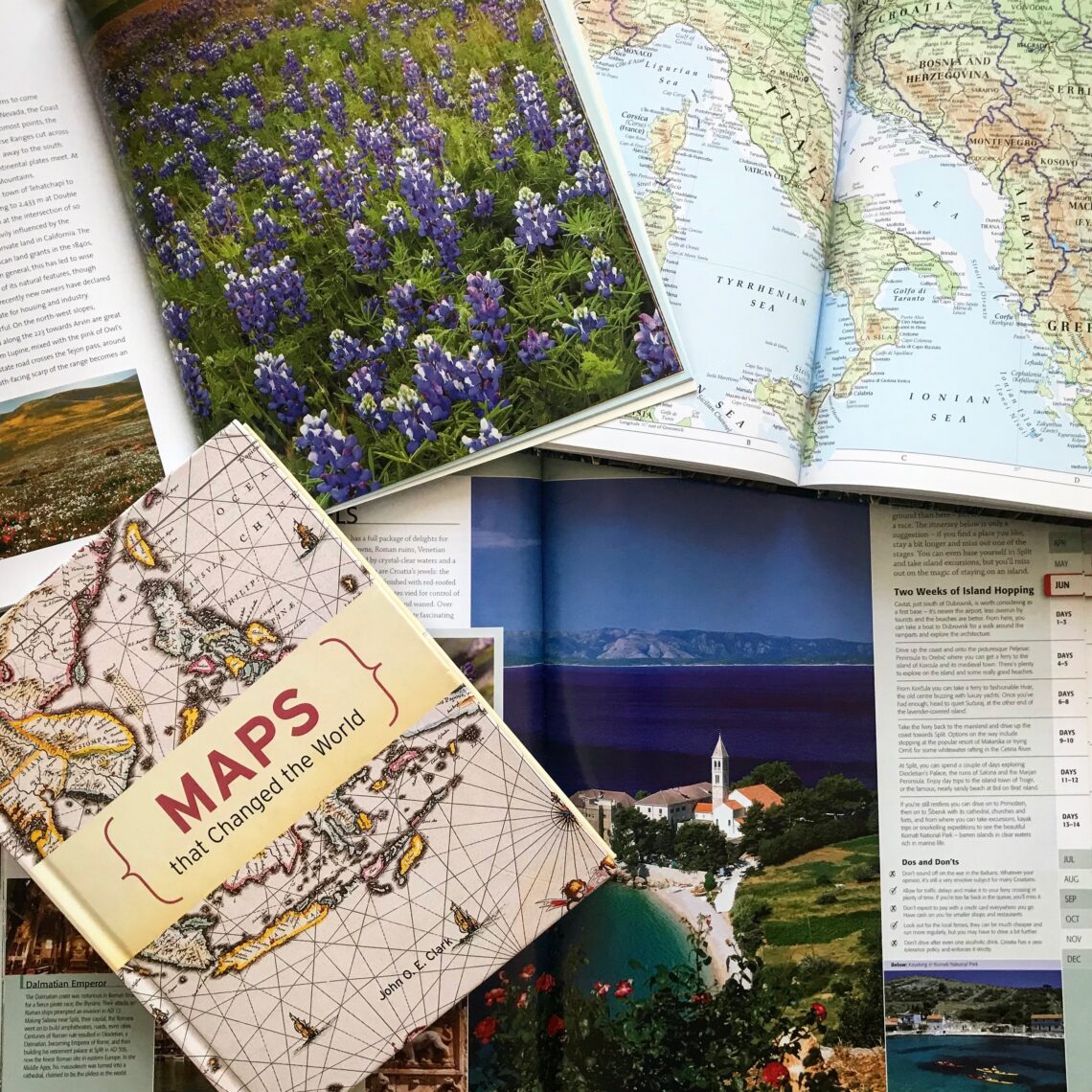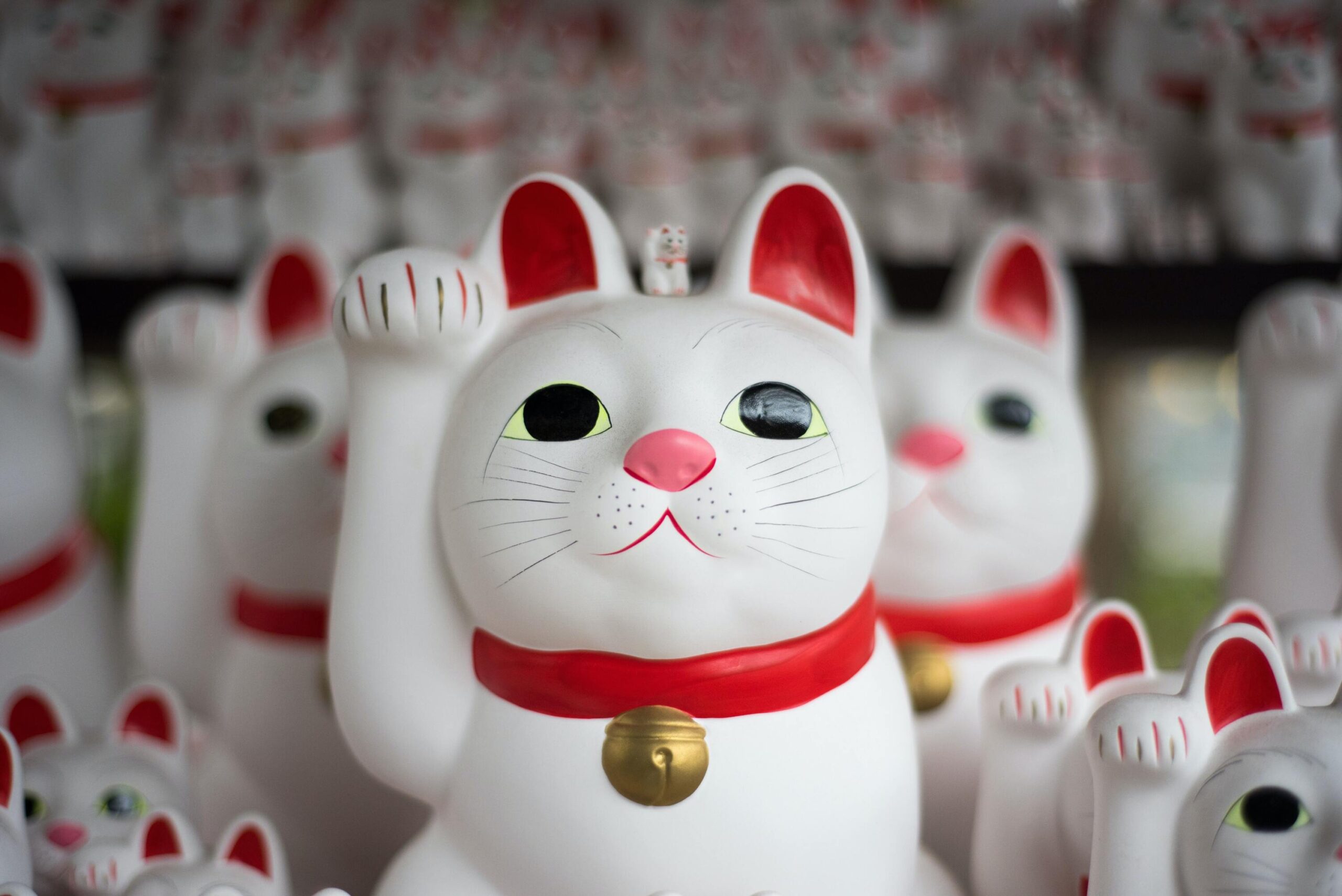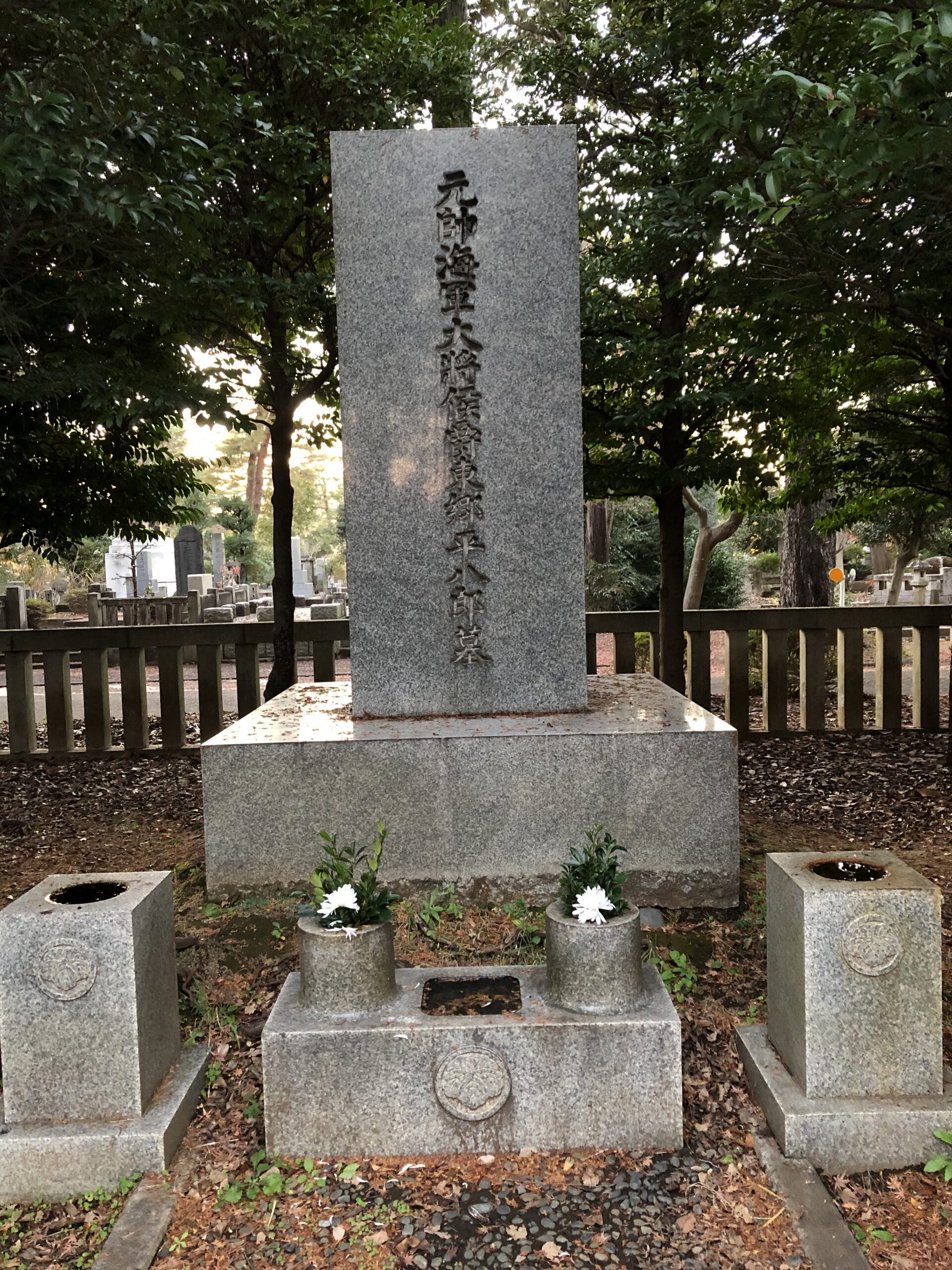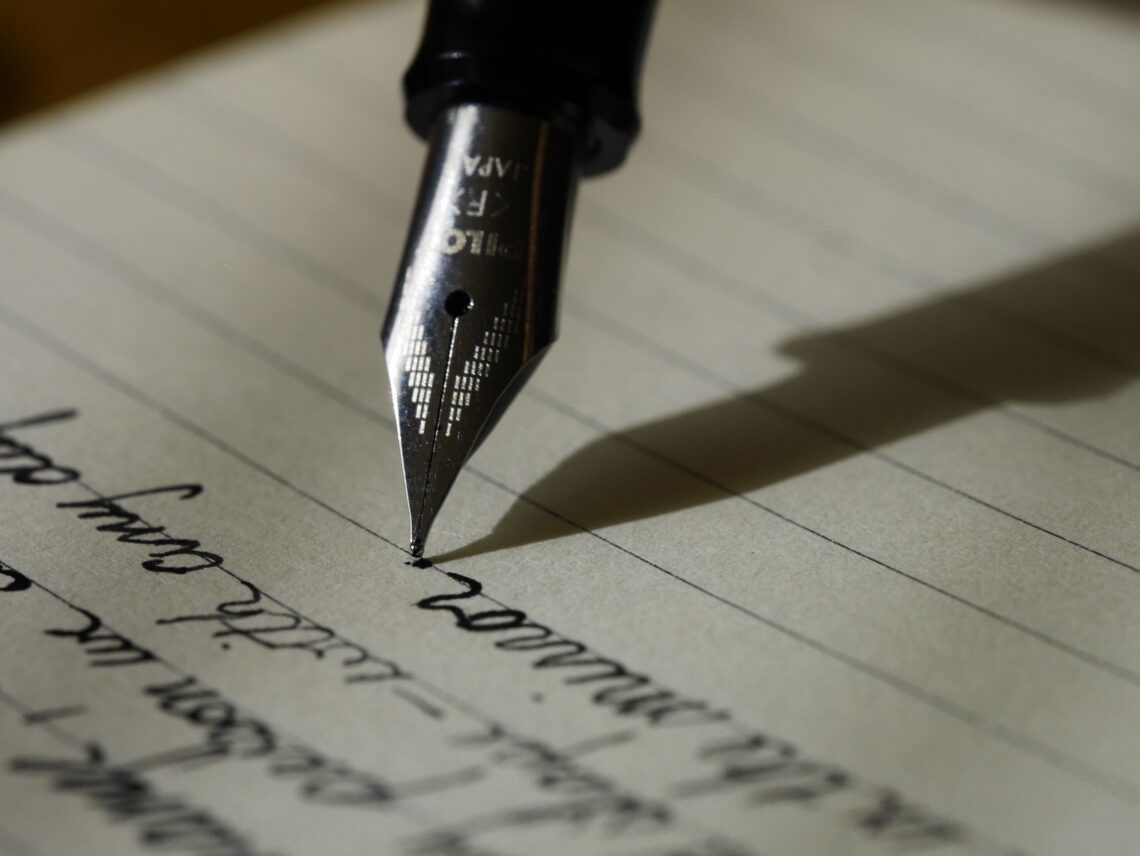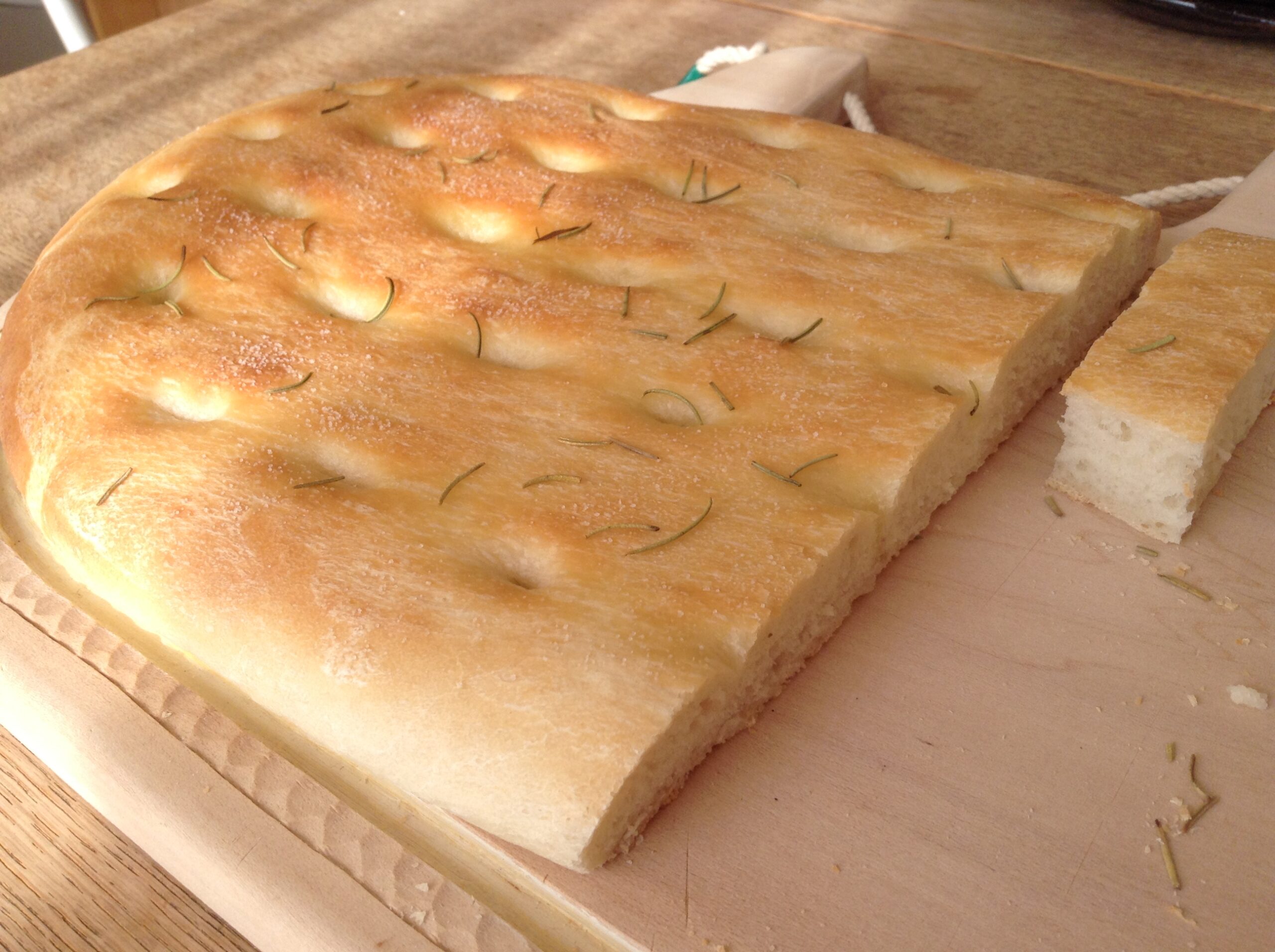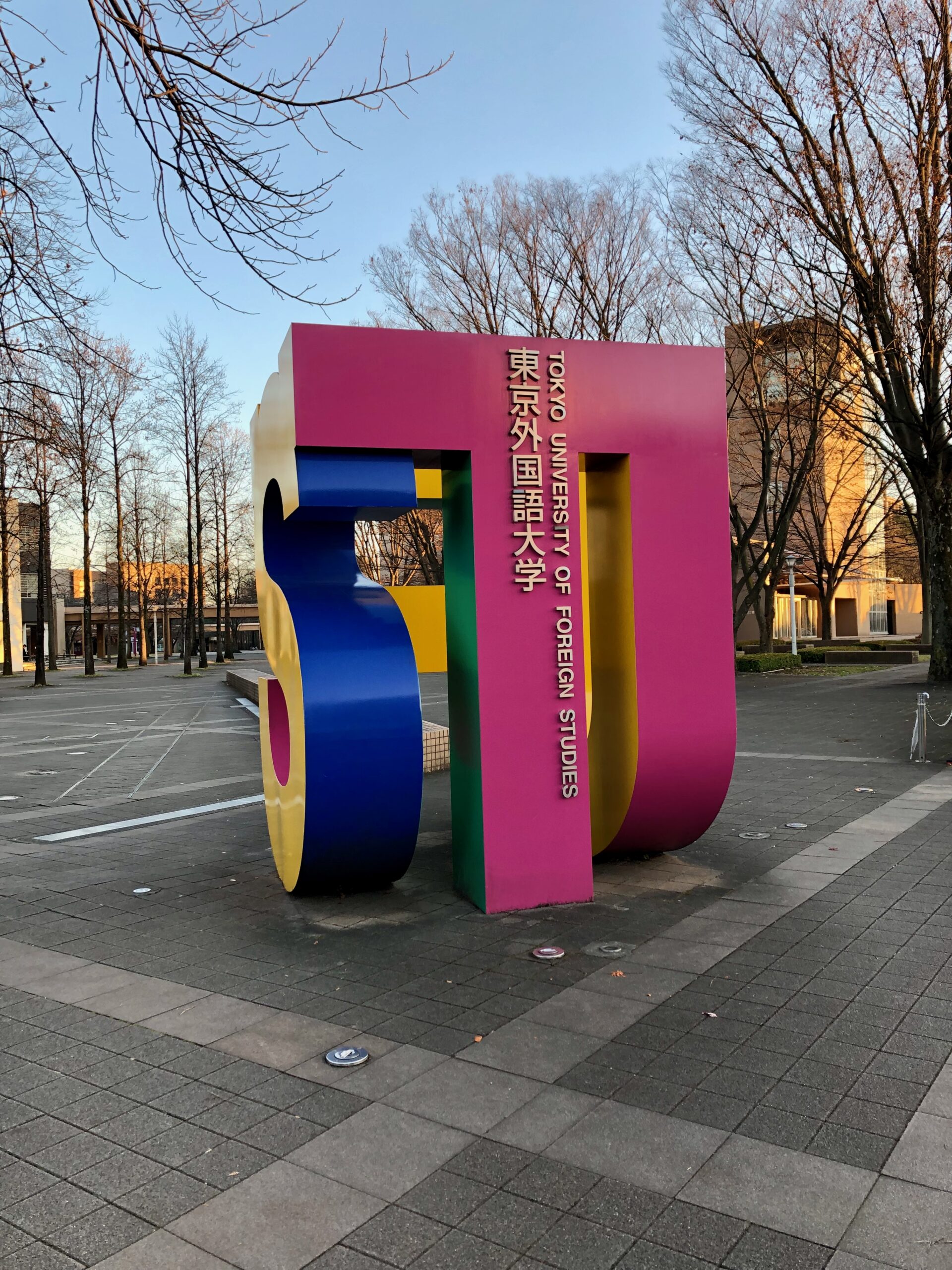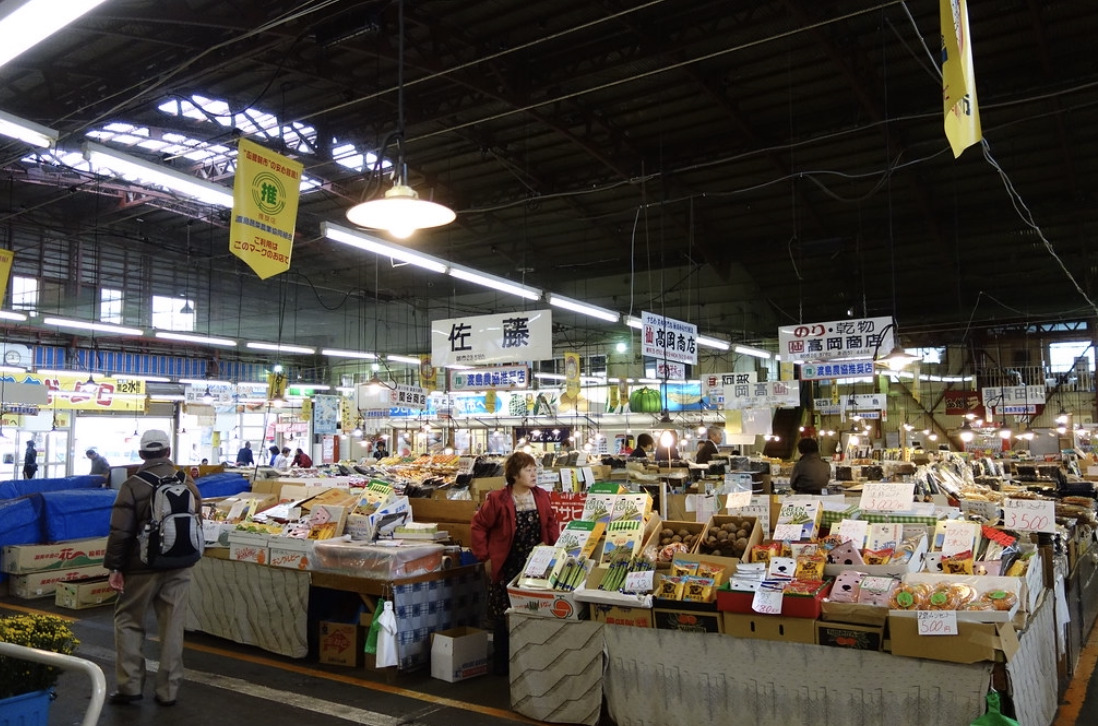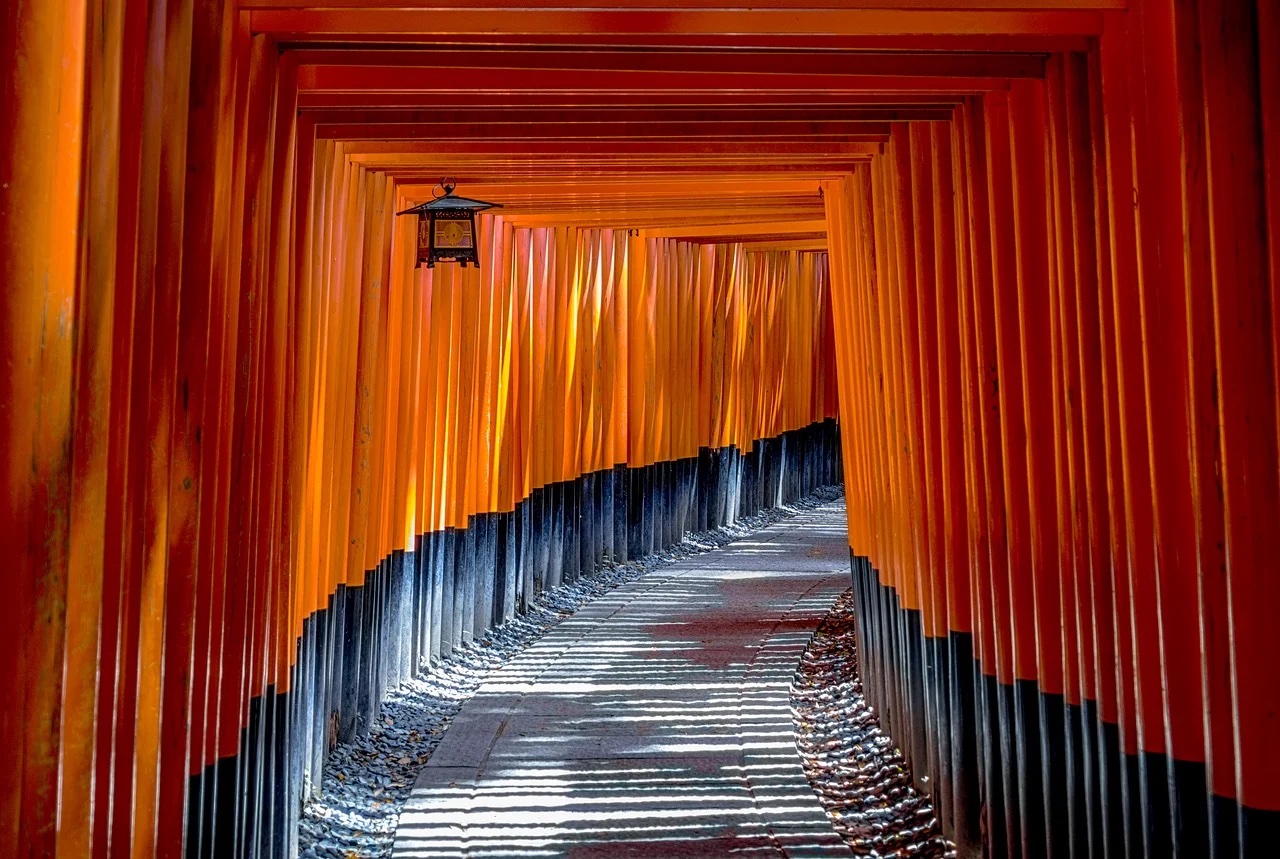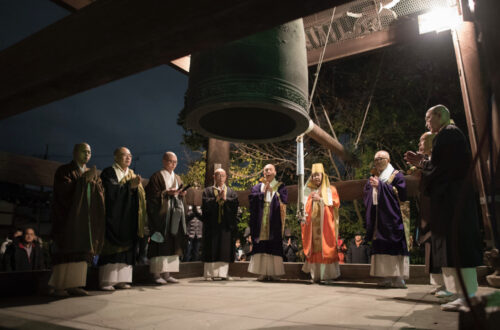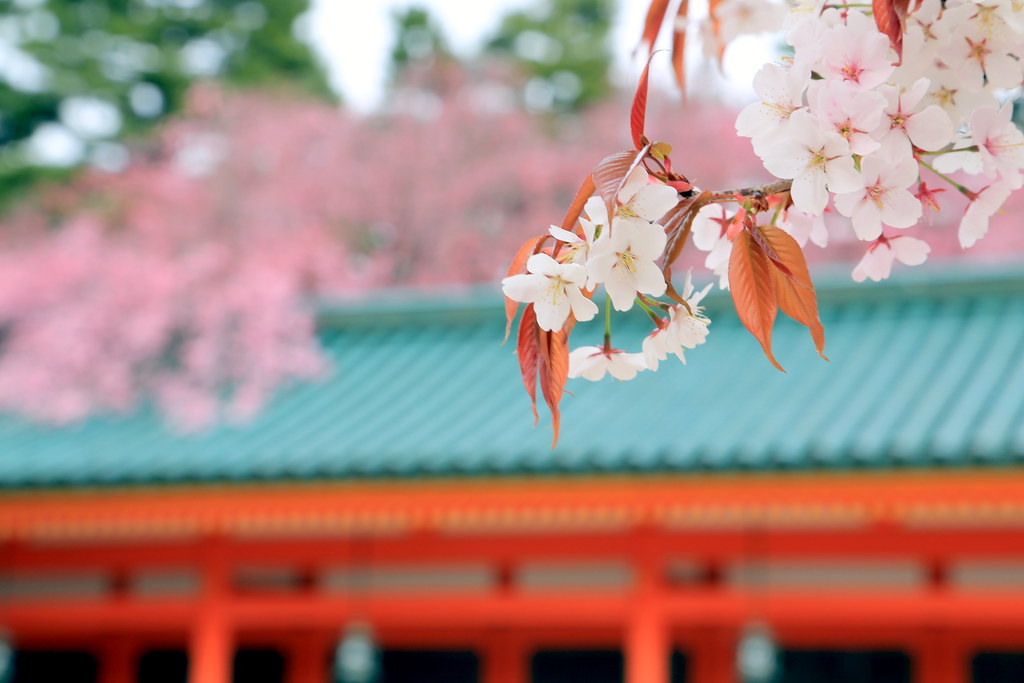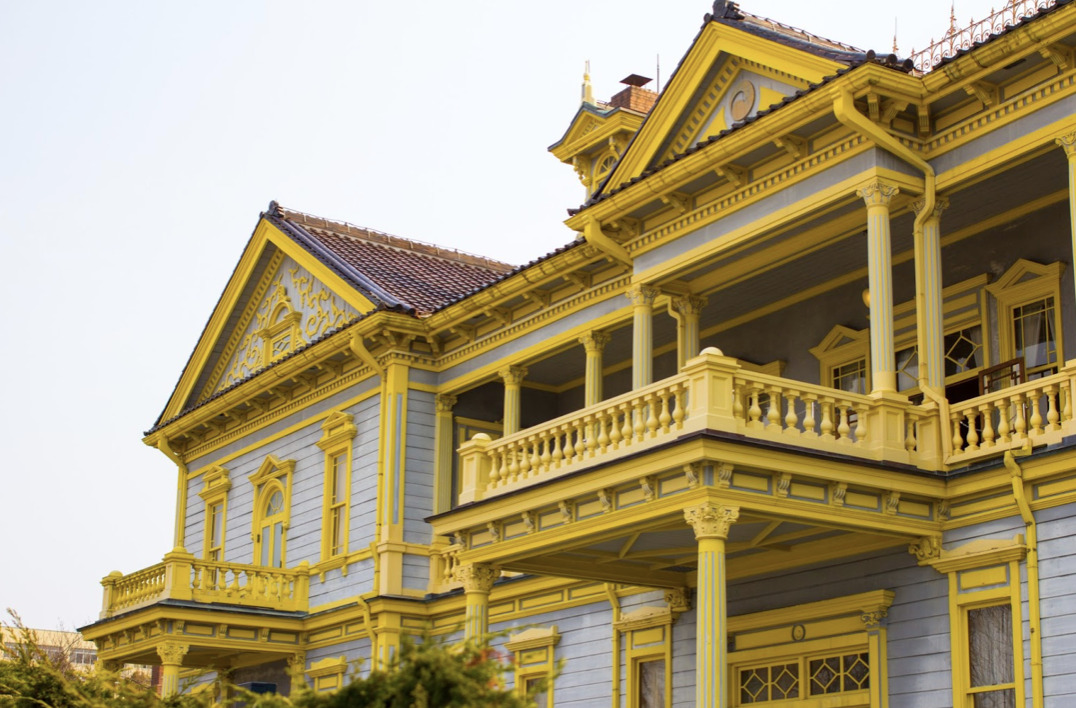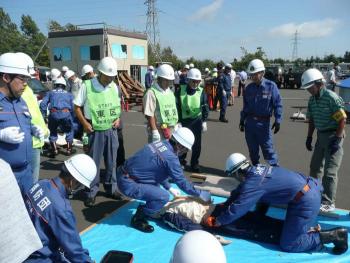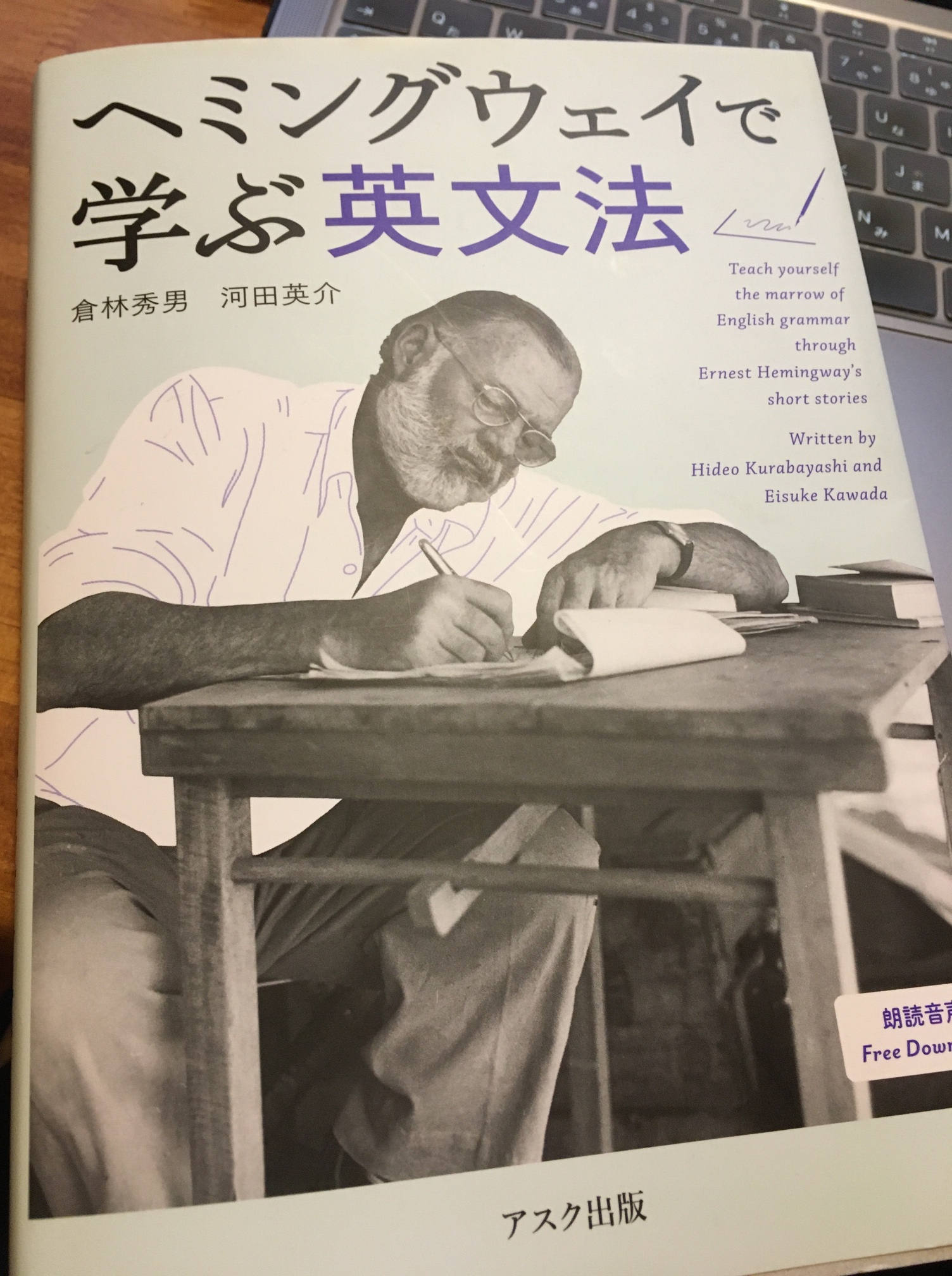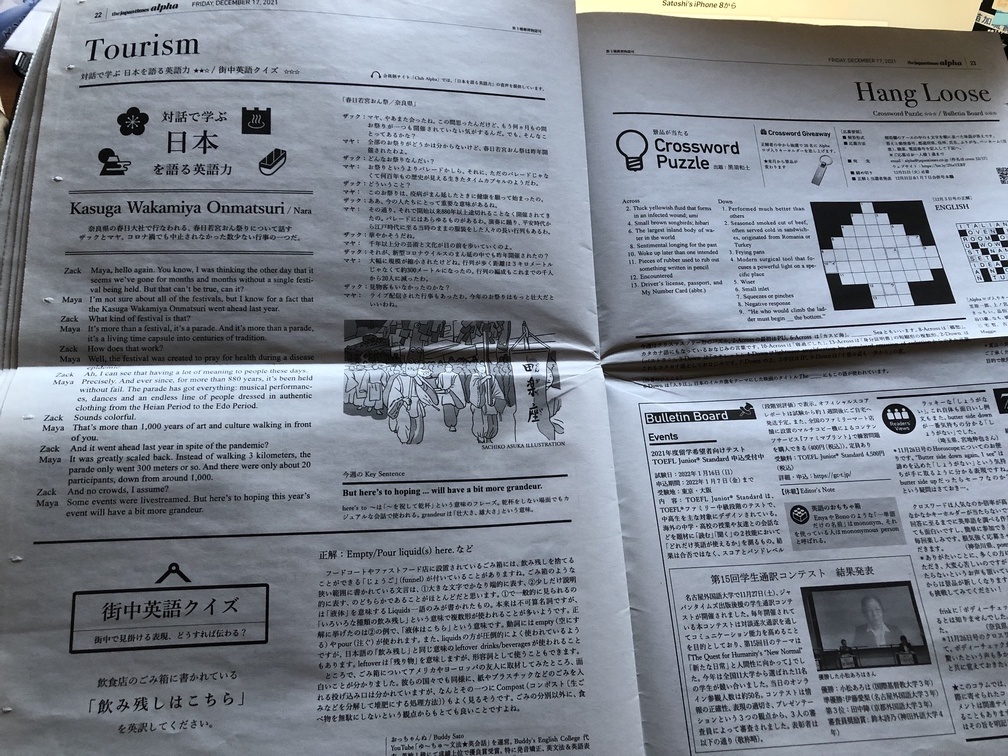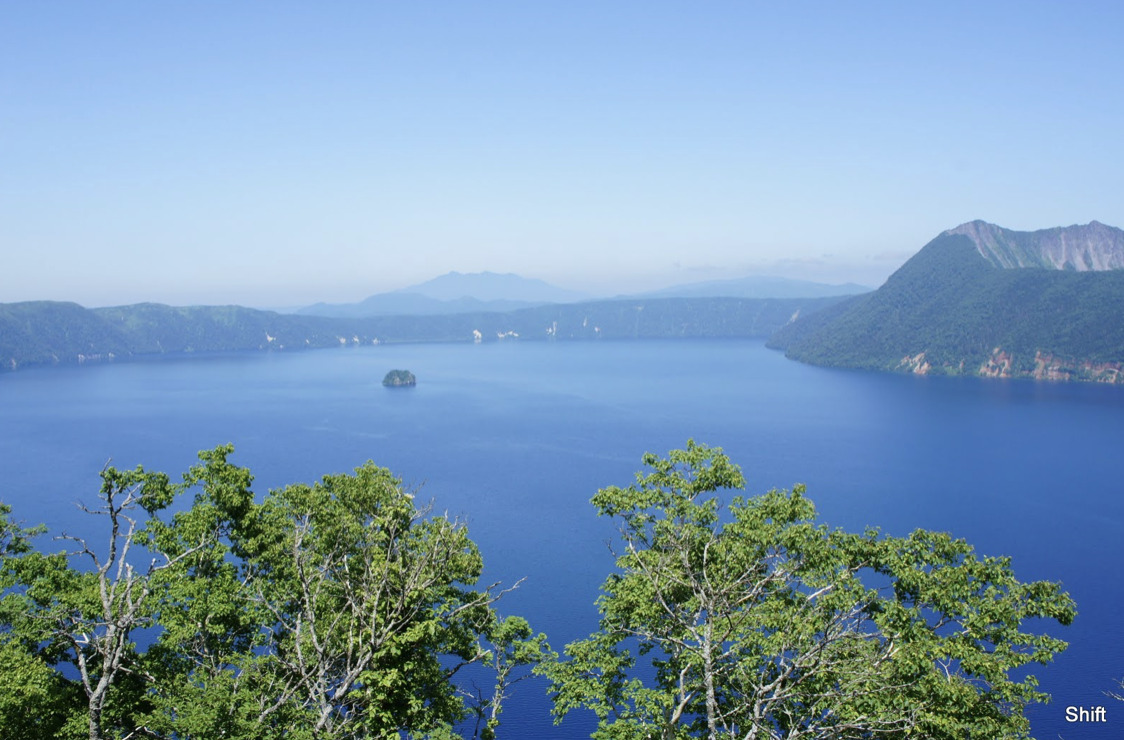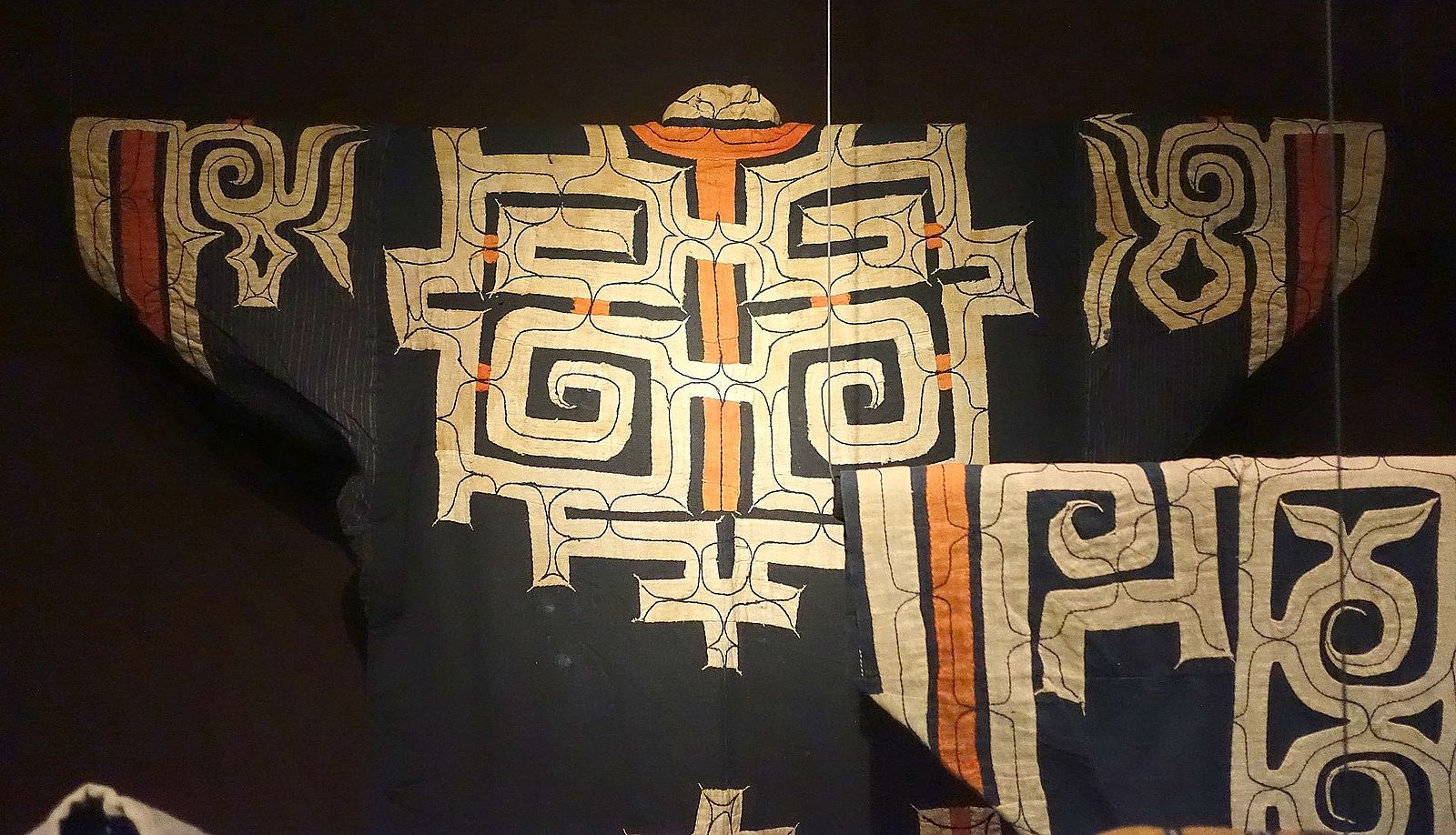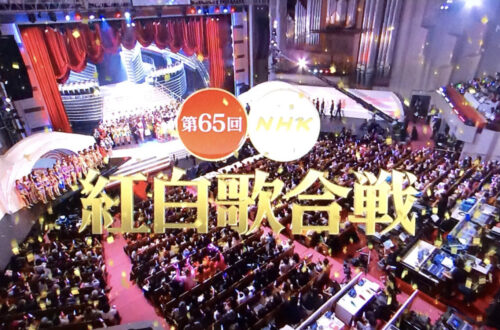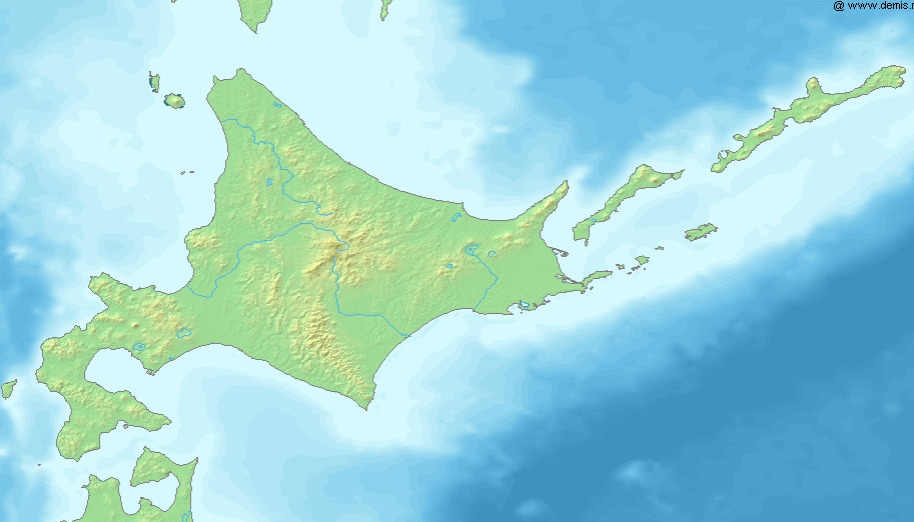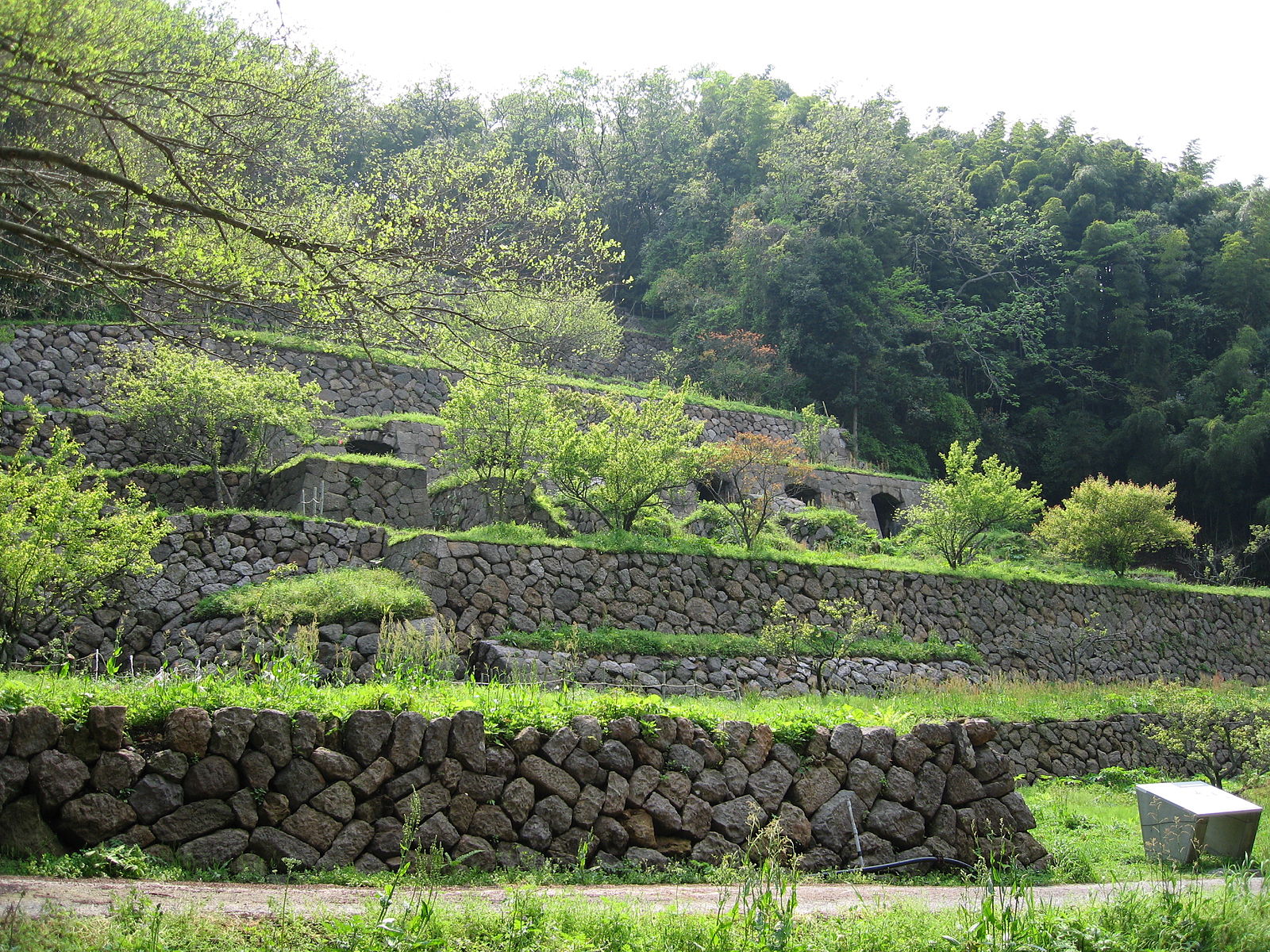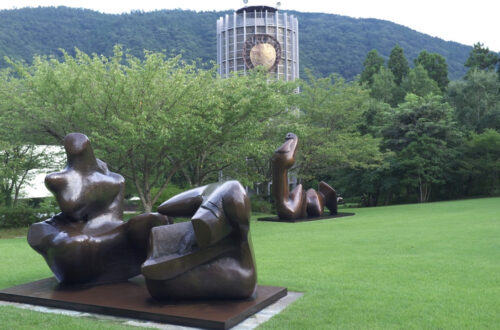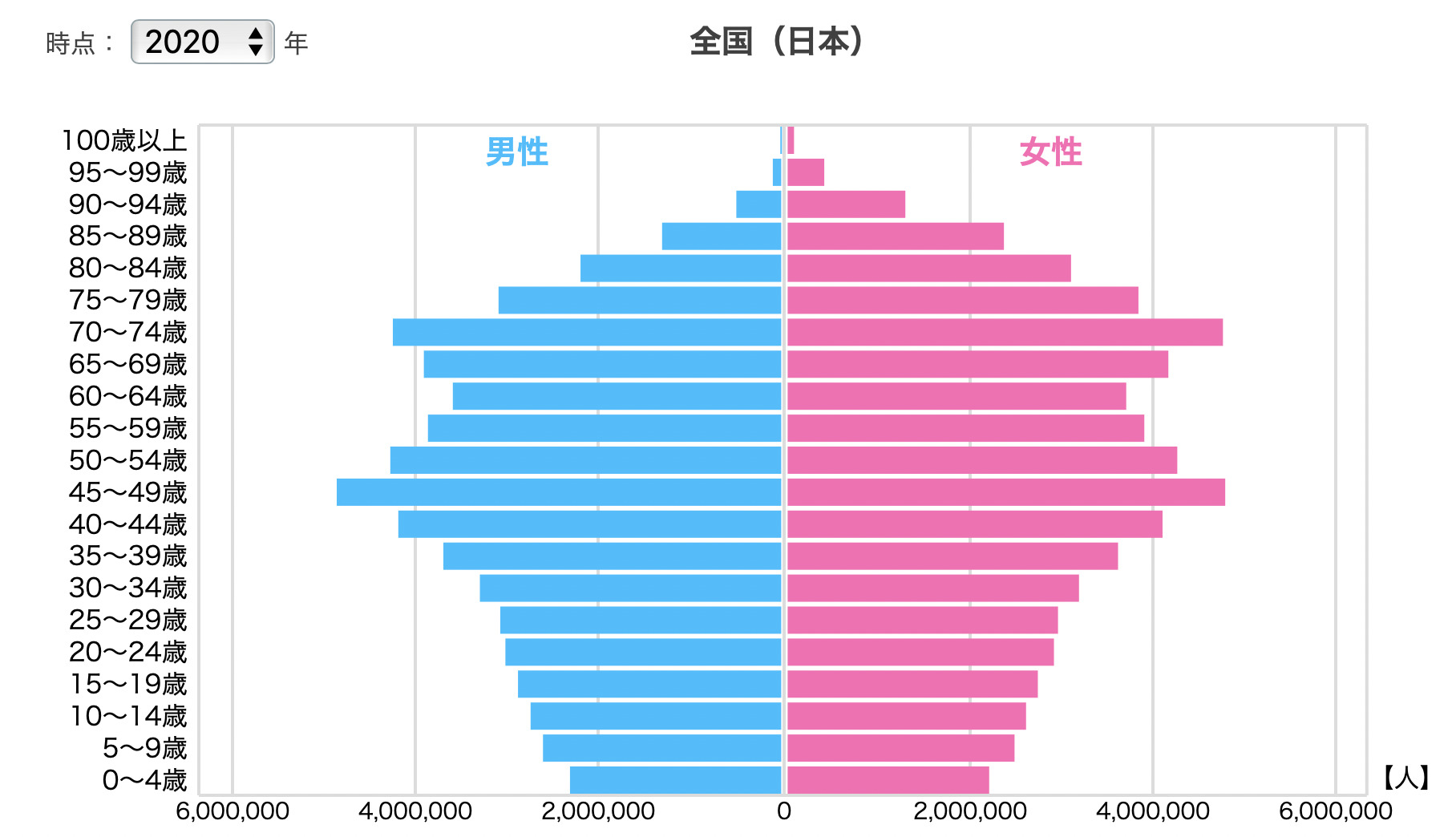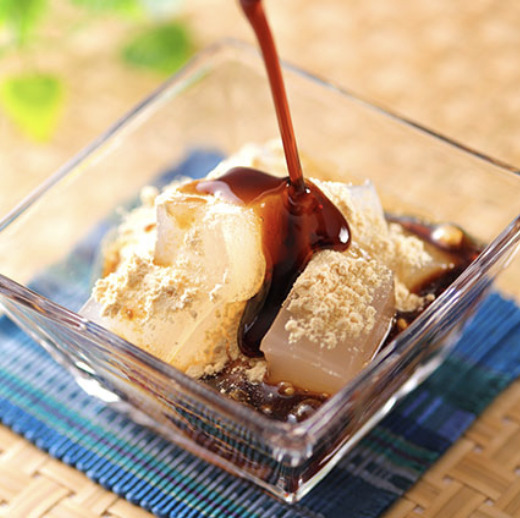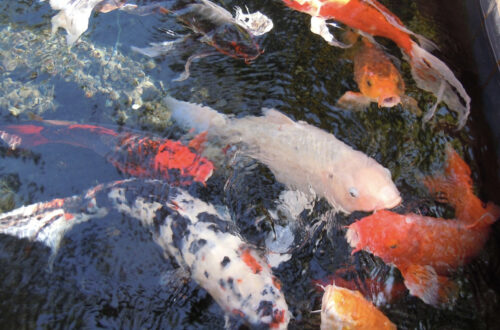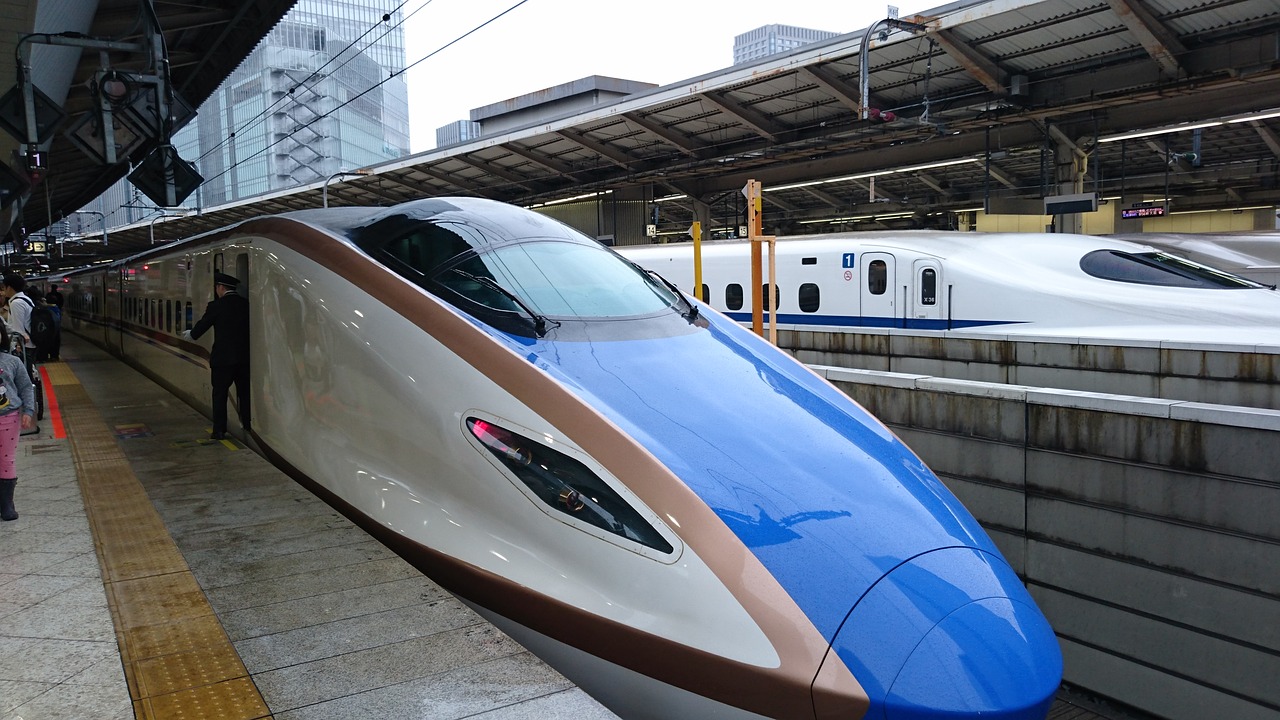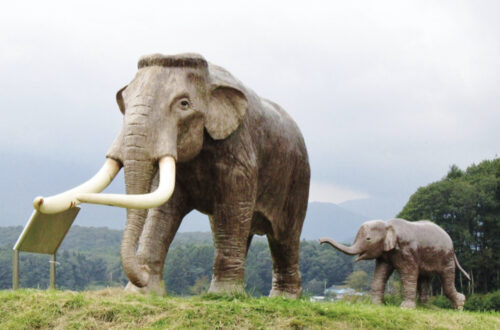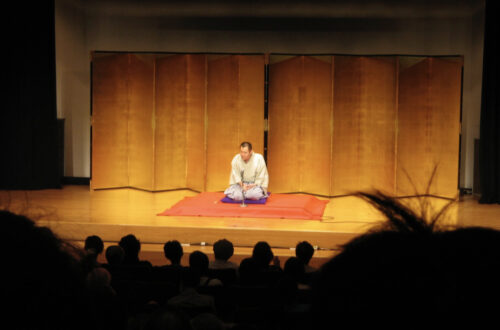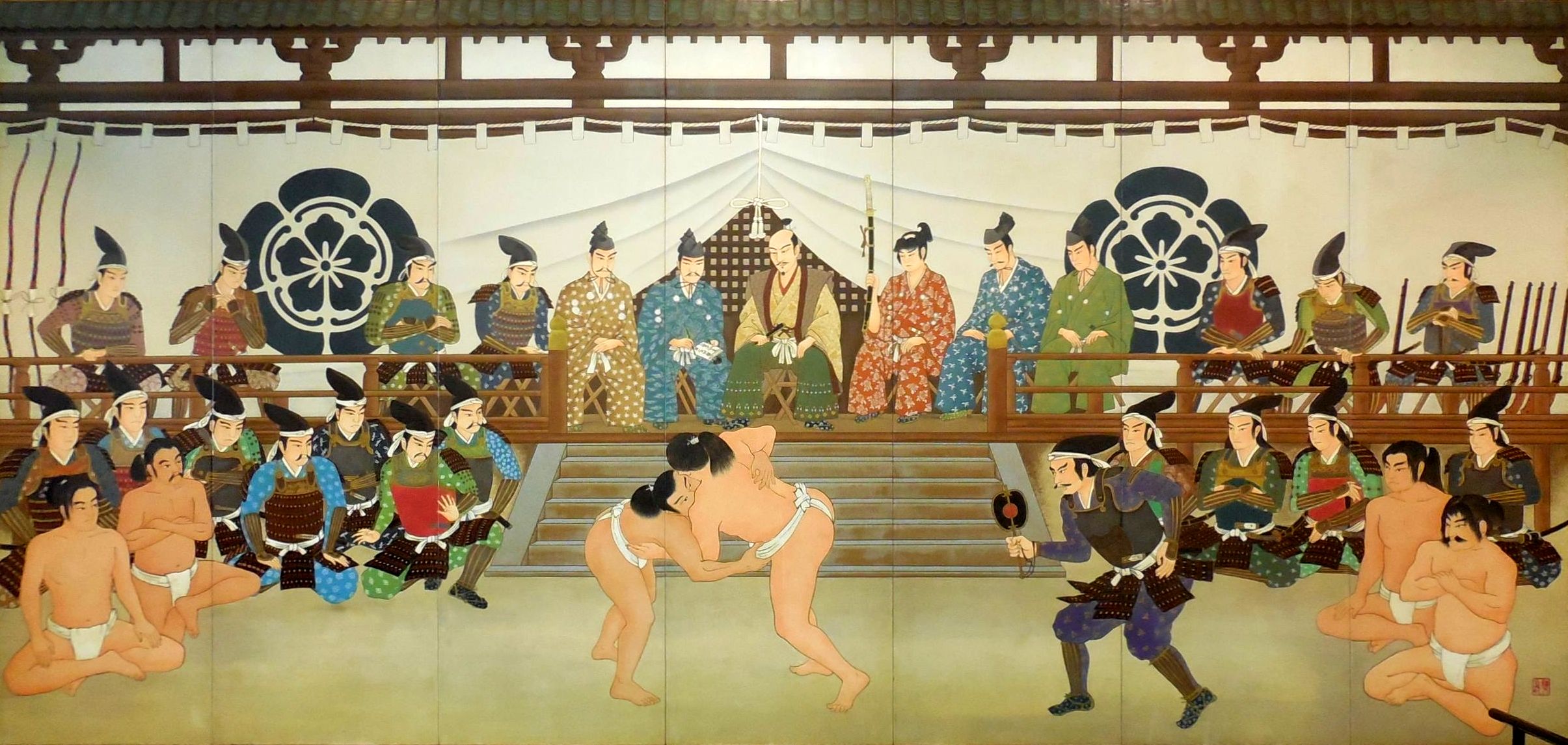-
Phrasal Verbs 句動詞
英語で本を読んだりお話を聞いていたりして、特に難しい言葉が使われているわけではないのに、何かしっくりこなかったりよく分からなかったりすることがあります。 私の場合、句動詞 phrasal verbs が原因!ということが多いです。 句動詞とは 愛用の文法書による定義は次のようになっています。 句動詞は群動詞とか動詞句ともいわれるが、make や take のような基本的な動詞に、in や up のような短い前置詞や副詞を組み合わせて、全体で1つの動詞の働きをするものである。 『表現のための実践ロイヤル英文法』綿貫陽 マーク・ピーターセン:共著 基本的な動詞が、前置詞や副詞との組み合わせで、とても豊かな表現が生み出されてくるわけです。中心となる動詞を辞書で引くともちろん該当の句動詞を調べることはできるのですが、時間もかかるしなかなかやっかいです。 句動詞は種類が多く覚えるのが大変です。ですので一般的によく使われているものから練習して身につけていくのが良いと思います。 私はアマゾンで OXFORD UNIVERSITY PRESS の “Really learn 100 phrasal verbs” という薄い本を購入して使っています。 この本は英語で最もよく使われている100の句動詞が扱われていて、1ページにひとつずつ、意味の確認と練習でコンパクトに構成されています。出てくる動詞はたぶん中学校1年生が教科書で勉強するような be, get, go, have, put などの基本動詞ばかりです。 しかし、これらの句動詞を自分が自由に使いこなせているかというと、、、全く自信がありません。頭で理解しただけでは不十分で、実際に口に出して使う経験が必要なんでしょうね。とても身体的というか感覚的なものなんだと思います。 勉強は単調になりますが、覚えた句動詞を自分の文の中で使ってみたり、ネイティブの方と話すチャンスがあれば会話で使ってみたり、自分なりに工夫することも大事かと思います。ただ、身につければ表現力アップは間違いないと思います。 phrasal verbs を扱った本はたくさんありますが、まずは100から練習してみてはいかがでしょうか。このブログに目を通していただきありがとうございました。
-
Chiri Yukie 知里幸恵
Chiri Yukie was born in Noboribetsu in 1903 and spent her childhood there. Her father Takakichi and her mother Nami both were Ainu from Chiri and Kanenari. Yukie moved to Asahikawa when she was 7, and had been living together with Kanenari Matsu, the elder sister of her mother, and Monashinouku, her grandmother. Yukie is well known as the author of “Ainu-Shinyoshu”, first written collection of Ainu divine tales, which contains 13 Kamui-yukara, or divine songs of Ainu people, and is highly evaluated for its Ainu notation, translation, and preface. In May 1922, Yukie moved to Tokyo, but died of heart disease on September 18 at the age of 19.…
-
The Elements of Style
本書は英文ライティングの文章作法を記した本で、文筆家(英語)なら必ず(?)持っていると言われるほどの古典的名著です。私は、その昔ビジネス英語の杉田敏先生がどこかで紹介されていているのを目にして本書の存在を知りました。 よくある間違いを正したり、よりよい英文を書くための指南書です。多くの方々が色んな所で紹介しているので、所有しているもしくは目にした方も多いと思います。 薄くて値段も安いですが、中身は濃いです。 私はオリジナルバージョンのペーパーバック($3.95、52ページ)と、第4版のKindleバージョンを持っています(250円、96ページ)。 私が持っている第4版(Kindleバージョン)の目次 Table of Contents を日本語に訳してみました。素人のため間違いがあるかもしれません。大体の内容をつかんでもらえると幸いです。 Table of Contents 序文 (Roger Angell〜著者の一人 E.B.White の甥っ子さんのようです) イントロダクション(E.B.White) 第1章-使い方の基本ルール1 名詞の所有格単数は ‘S を付けて形成する。2 3つ以上の語が1つの接続詞で連続する場合、最後の語を除くそれぞれの後にコンマを使う3 挿入句的な表現はコンマで囲む4 独立した節を導入する接続詞の前にコンマを置く5 独立した節はコンマでつなげない6 文を二つに分解しない(または、コンマを使うべきところにはピリオドを使わない)7 独立節の後にコロンを使い、詳細のリスト、付加、増幅、または説明のための引用を行う8 突然の中断や、長い補足や要約を告げるには、ダッシュを使用する9 主語の数が動詞の数を決定する10 適切な代名詞を使用する11 文頭の分詞句は、文法的な主語を指していなければならない 第2章-作文の基本原則12 適切な形式を選び、それを守ること13 パラグラフを作文の単位とする:各トピックに1パラグラフ14 能動態を使う15 肯定的な表現を使う16 定義が明確で、具体的な言葉を使用する17 無駄な言葉を省く18 ダラダラ書くのをやめよう19 同等の考えは似た形式で表現する20 関連する単語を一緒に記す21 要約では、1つの時制にとどめる22 文の強調語は文末に置く 第3章-形式に関するいくつかの問題 第4章 間違った使い方をされがちな言葉や表現 第5章 スタイルへのアプローチ (留意リスト付き)1 自分を背景に置く2 自然に書けるようにする3 適切なデザインで書く4 名詞と動詞で書く5 見直し、書き直しをする6 くどくど書かない7 誇張しない8 修飾語の使用を避ける9 Do not affect a breezy manner. かっこつけた書き方をしない(たぶん、、、うまく訳せません)10 オーソドックスなスペルを使用する11 説明し過ぎない12 不格好な副詞を作らない13 話者をはっきりと読者に示す14 派手な言葉は避ける15 自信がなければ、方言は使わない16 明確であること17 意見の押しつけはしない18 言葉のあやは控えめに19 明瞭さを犠牲にして、近道をしないこと20 外国語は避ける21 常軌を逸したものよりも、標準的なものを使う あとがき用語集 上述のように薄い本ですが、読み込んで理解するのはなかなか骨が折れます。しかしレポートづくりなどに必ず役に立つでしょう。英語で勉強している方には必携かと思います。価格も安く持っていて損はありません。 古いバージョンのものは様々なフォーマットで無料公開されています(Project Gutenberg)。チラ見してみたい方はどうぞ。 私のブログにお立ち寄りいただきありがとうございました。ではまた。
-
杉田敏さんの現代ビジネス英語
杉田敏さんはNHKラジオ講座の人気講師でした。多くの方が様々なところで紹介していると思いますが、私も杉田敏さんから多くを学ばせていただいている一人なので少し教材の紹介をさせていただきたいと思います。 杉田さんは1987年から2020年まで、「やさしいビジネス英語」(ちっともやさしくなかったと評判)、「ビジネス英会話」「実践ビジネス英語」と番組は変遷していきましたが、常にビジネスや国際社会のホットな話題をとりあげて最新の英語口語表現をリスナーに届けてくれました。私も「ビジネス英会話」のころから10数年、番組を聴いていました。 現在は残念ながらラジオ講座の講師は引退されましたが、NHK出版から年に4冊のペースでテキストが出されています。ラジオ放送こそありませんが、レッスンの構成はラジオテキストの時とほぼ同じです。ただ、テキストの大きさがB5版と少し大きくなったので、私のような老眼が入った者にも優しいつくりとなっています(笑)。音声ダウンロード付きです。 この音声DLブックのテキスト構成は、1冊に4レッスン、1レッスンにつき6つのビニェット Vignette(6つ目はレッスンのレビュー)となっています。1つの Vignette は1分少々。見開き2ページで左に英文、右に日本語の対訳となっています。 Vignette はグローバル企業の社員同士の会話で作られています。登場する社員はダイバーシティを意識して様々なバックグラウンドを持つ人々です。1分程度の会話のやりとりですが、内容は盛りだくさんで多くの情報をインプットすることができます。 英語を勉強している人々からよく「日本人は英語ができない」と聞くことがあります(本当かどうか分かりませんが)。しかし私は、英語の技術が無いというよりも、話す内容を持っていない(というか自分の意見が無い)というケースを指していることが多いのではないかと思うのです。たとえ技術的に拙い英語であったとしても、自分の中に相手に伝えたいことがある、表したい意見があるという状態ではじめてコミュニケーションが成立すると思うのです。外国の方とお話する中で、物事に対する自分の関心の低さ、意見の無さを痛感することがしばしばです(自分だけ?)。 そういう意味でこのテキストのレッスンは、英語表現はもちろんですが、最新のトピックについての知識や問題意識をもたせてくれる優れた教材だと思います。実際の英会話の場面ですぐに活用できる表現が満載で、英語を使ったコミュニケーションスキルを伸ばすのにとても役立ちます。 私の活用法です。 テキストの「はじめに」や各レッスンの終わりにある「今回のビニェットから」というコラムもいつも楽しく読ませていただいています。また、杉田敏さんが様々な場所で紹介してくださっていた本など面白いものがたくさんありました。別の機会に書きたいと思います。 読んでいただきありがとうございました。ではまた。
-
Shiretoko 知床
Shiretoko is situated in the southernmost point in the northern hemisphere where drift ice touches the shore. It was designated as a World Natural Heritage site because of its marine and terrestrial ecosystems influenced by the drift ice. Hokkaido celebrates Shiretoko Day on January 30, the first day that the drift ice touched the shore in the year of 2005. This day is celebrated because of the drift ice, which has important meaning as the beginning of the ecosystems in Shiretoko. 知床は、北半球において流氷が接岸する南限であり、この流氷の影響を受けた海と陸の生態系の豊かなつながりが高く評価されて、世界自然遺産に登録されました。 このため、道では、知床の豊かな生態系を支える出発点として重要な意味を持つ「流氷」にちなみ、遺産登録年(平成17年)の知床における流氷接岸初日の1月30日を知床の日としました。
-
Otaru 小樽
Otaru City is a port city in Hokkaido, facing Ishikari Bay and located northwest of Sapporo. Otaru is mainly known for its glass art, music boxes and sake breweries, and the Nichingoten (herring palace), a former fishing facility built in 1897. It has an exhibit that traces the important role fisheries played in Otaru’s history. The old warehouse district along the Otaru Canal, built in 1923, has been transformed into a modern district with cafes and stores. 小樽市は石狩湾に面し、札幌市の北西に位置している北海道の港湾都市です。主にガラス工芸、オルゴール、酒蔵で知られています。1897 年に建てられた旧漁業施設である鰊御殿では、小樽市の歴史で漁業が果たした重要な役割をたどる展示があります。小樽運河沿いにある 1923 年に造られた旧倉庫街は、現在ではカフェやショップが並ぶモダンな地区に生まれ変わっています。
-
全国通訳案内士一次試験の「日本地理」
すでに一次試験を受験した経験のある方には必要のない情報かと思いますが、全国通訳案内士の一次試験には、外国語の他に、「日本地理」「日本歴史」「産業、経済、政治及び文化に関する一般常識」そして「通訳案内の実務」という科目があります。 このうち、もっとも骨の折れたのが私の場合は「日本地理」でした。 「日本歴史」はある程度自信があったのと、「通訳案内の実務」は出題範囲が狭くすぐに準備できることから(試験当日この考えが甘かったことを知りました)、受験を決めてからの約3か月間は、「日本地理」と「一般常識」を集中的に勉強することにしたのです。(英語の筆記試験は英検1級枠で免除でした) 私は一般的な地理の知識はある程度持ち合わせているのですが(大学受験程度)、この科目は少し違います。全国通訳案内士試験の地理は「外国人観光旅客が多く訪れている又は外国人観光旅客の評価が高い観光資源に関連する地理」のうち「外国人観光旅客の関心の強いものについての基礎的な知識を問うもの」となっているからです。 ざっくりいうと「日本の観光資源」についての試験科目ということになるでしょう。学校で使う教科書のようなものでは対応できません。 「日本地理」の試験時間は30分。100点満点で合格基準点は70点です。マークシート方式です。(試験のガイドラインはこちら) 最初に過去問題をやってみましたが、案の定、半分も正答できませんでした。(試験の過去問題はJNTO(日本政府観光局)のサイトで公開されています) 私が使用した日本地理の対策本は2冊あります。1冊目はユーキャンの『全国通訳案内士 速習テキスト&予想模試』です。この本の日本地理のパートを何度か繰り返し読みました。この本は過去に出題されたものを中心に都道府県ごとにコンパクトにまとめた本ですので、勉強すると過去問題の正答率は上がります(当たり前?)。しかし公開されている過去問題とこれから自分が受験する問題が重なることはあまり考えられないので、この本だけでは対策は不十分でしょう。ただ、試験の全体的な枠組みと、日本の観光資源の基礎基本のようなものは何となく見えたので、その意味で役に立ちました。最初の1冊としておすすめです。 購入した2冊目は、『旅地図 日本』(昭文社)です。こちらは全ページフルカラーの大型本です。日本全国の名所・観光スポットが豊富な写真、イラスト、紹介文、そしてもちろん地図とともに掲載されています。「北海道」「東北」「中部」「関東」「近畿」「中国・四国」「九州・沖縄」の大きな7エリアをそれぞれより小さなエリアに分けて掲載されています。世界遺産や日本の島詳細マップなど特集ページもあります。情報量が膨大ですべて頭に入れるのは不可能かと思いますが、「日本地理」の出題傾向として、北海道から順に東北、中部、関東といった具合にエリアごとに出題されることが多いので、この本は試験対策に向いているかと思います。 ただ、勉強を進める中で不便に感じた点もあります。前述のようにこの本はエリアごとに分けて掲載されているので、47都道府県ごとに観光地を把握したいときには少し見づらい部分がある点です。 この本には競合本があります。『旅に出たくなる日本地図』(帝国書院)です。私は書店でこの2冊を見比べてずいぶんと迷いました。昭文社も帝国書院も地図には定評のある優れた出版社です。どちらか1冊用意して試験対策をされることをおすすめします。 ネットも利用しました。有名な観光地の公式サイト、環境省の国立公園のサイト、文化庁の日本の世界遺産一覧のサイト、また、試験対策で有名なハロー通訳アカデミーのサイト(こちらは膨大な情報を発信してくださっています)などなど。 また、iPadのアプリも利用しました。特に「あそんでまなべる」シリーズは国立公園、山地、河川、平野・盆地、岬などを感覚的に覚えるのに本当によくできています。開発者の方に感謝です。それから Book Creator というデジタル本を作るアプリにはまってしまい自分で簡単な世界遺産の本もつくってしまいました。 上記のものを活用しながら、最終的にはA4のノートを買ってきて、47都道府県の主な観光資源を手でまとめ直しました。ノートにまとめる作業は時間と労力がかかり、限られた時間を考えると非効率的のような気もします。時には仕事で疲れてノートを開きながら寝落ちということもありました。しかし確実に力は伸びたようで、過去問題も8割以上は正答できるようになっていました。 一次試験当日もあえて重たい本はもたずにこのノートだけを持っていきました。基準点はクリアできるだろうと。しかし、試験が始まると例年よりも難易度が上がっていることにすぐに気が付きました。少し慌てましたが、7割とればいいんだと自分に言い聞かせて時間いっぱいまでじっくりと取り組みました。その結果、何とか基準点をクリアすることができました。 勉強を通じて感じたことは、日本は本当に観光資源の豊かな魅力あふれる国であるということです。若い頃は海外にばかり目を向けてしまっていましたが、、、。一番の勉強は実際に各地を訪れて自分の足で歩くことなのでしょう。早くそのような経験を積むことができればいいなと思います。 「日本地理」以外の試験科目については後日触れたいと思います。ここまで目を通していただいた方、ありがとうございました。
-
英語で説明する日本の文化 必須表現グループ100 語研
全国通訳案内士の二次口述試験に向けた勉強に役立つ本です。 私はまだ二次口述試験に合格していないのですが、試験対策用に購入した数冊の中で最も表現力の伸びを実感できるのが本書です。 本書の特徴は、日本のことを説明するのに必要な英語表現を「最重要表現25」「必須表現25」「重要表現50」に分け、コツやノウハウの習得に特化している点です。 日本の観光資源や文化に関する英文をまとめた本は数多くあると思いますが、そのような紹介文を暗記していくというのは大変骨の折れる学習法です。また、二次口述試験は出題の範囲が広すぎて、苦労して覚えたものが出るとは限りません。 本書はたとえば、「〜として有名である」「〜から成る、〜で構成されている」「〜を占める」などのように、必要な表現方法を練習する構成になっているので、本書をしっかり勉強するればどんな話題がふられても応用がきく力が伸びると思います。 昨年12月の試験では、私はトラブル対応のやりとりがうまくできずに、失敗しました。なんとか最後まであきらめずに喋りまくりましたが、たぶん基準点に達していないと思います。2月4日の発表が怖い、、、。 気を取り直して今年の試験にも、日程が合えば、再度挑戦するつもりで本書も繰り返し勉強に使います。 本書以外にも試験対策に使っているものがあるので、おいおい紹介していこうと思います。
-
Hakodate Morning Market 函館朝市
The Hakodate Morning Market is a one-minute walk from JR Hakodate Station, and is said to have originated in 1945 when farmers from neighboring towns and villages brought fruits and vegetables to sell in front of Hakodate Station. Hakodate Morning Market is widely known as a tourist spot in Hakodate, with approximately 280 stores and 1.8 to 2 million visitors annually. The market is a lively place where you can find fresh foods unique to Hokkaido, such as squid, crab, salmon and other seafood, as well as places where you can eat fresh seafood on the spot. It is recommended to visit the market as early as possible as the…
-
Hakodate 函館
Hakodate is one of the major cities in Hokkaido. Reaching the top of 334m Mt.Hakodate with an aerial ropeway, you can enjoy an impressive night view of the city. Motomachi, located at the foot of the mountain, is an area with a lot of slopes dotted with Western-style buildings which were built in the early 20th century. This style of buildings include the former Hakodate Ward Public Hall built in 1910. 函館は北海道にある主要都市のひとつです。町を見下ろす334mの函館山に空中ロープウェイのゴンドラで頂上まで登ると、印象的な夜景を眺めることができます。麓にある元町は、20世紀初期に造られた洋風の建物が点在する坂の多い町です。元町の代表的な建物には、1910年に建てられた旧函館区公会堂などがあります。
-
BBCで英語学習 Lingohack を使い倒そう!
以前、BBC Learning English のサイトの発音コーナーを紹介しました。 繰り返しになりますが、BBC Learning English はBBC英国放送協会が運営する英語学習のサイトです。初級者 beginner から上級者 advanced learner まで幅広い学習者を対象とした様々な学習プログラムが無料で提供されています。 サイトに行くと内容が豊富すぎて何を見ればよいのか迷ってしまうくらいなのですが、ここでは Lingohack を紹介します。 Lingohack はBBC World News から様々な話題をとりあげて学習者用に短く編集し直したプログラムです。ひとつのトピックはおよそ2〜3分。ニュースの語句やフレーズの説明とトランスクリプトがついているのでリスニングの練習にも役立ちます。トランスクリプトはダウンロード用にPDFも用意してくれているという親切な作り。 Lingohack は2015年から続いていて、数えてみるとアーカイブには330ものエピソードがありました(令和4年1月16日現在)!中級者 intermediate level 対象となっていますが、レベルに関係なく飽きずに英語の学習ができると思います。 下は1月12日の Robotic surgery のエピソードです。 エピソードのパターンです。 まず、トピックが表示されます。今回は Robotic surgery (ロボット外科手術、ロボット手術)です。 学習のテーマが示されます。今回は Learn language related to “surgery” 「外科手術に関する言葉を学ぼう」です。 動画を見るポイントが示されます。今回は What happened to Naseer’s cancer? 「Naseerさんの癌はどうなったでしょう」です。 エピソードが始まります。英語の字幕 subtitles が付きます。キーワード・キーフレーズ Need-to-know language は赤字で示されます。今回は以下の5つです。 operation – procedure where a specialised doctor cuts into the body for medical reasons medical field – area of activity specialising in treatment of health conditions patient – person who receives medical care surgeons – specially trained doctors who perform operations by cutting open bodies keyhole surgery – medical procedure that involves making a very small hole in a person’s…
-
HOKKAIDO part2 北海道 その2
From the north to the south, the Teshio, Kitami, Ishikari, and Hidaka mountain ranges run through the center of Hokkaido. The Daisetsu Mountains, with Asahidake (2,291m) as its highest peak, are known as the “roof of Hokkaido”. The Ishikari, Tokachi, and Teshio Plains, as well as the Nayoro, Kamikawa, and Furano Basins, are spread throughout Hokkaido, amongst other smaller plains. It is also home to some of Japan’s most famous marshlands, such as Kushiro Marsh and Sarobetsu Plain. There are more than 14,700 rivers, the qualities of which are maintained at a good level by the constant monitoring conducted by the provincial government. Many of the water bodies have been…
-
HOKKAIDO 北海道
Hokkaido is located in the northernmost part of the Japanese archipelago and is at about the same latitude as major cities in the world such as Chicago, Montreal, London, Rome, and Munich. It covers an area of 83,457 km2, which is about 22.1% of Japan’s total land area. It is the largest of all prefectures, 39.7 times the size of Tokyo and equivalent to the area of Austria. Mountainous terrain accounts for almost half of the total land area, but compared to the rest of Japan, there are fewer mountains and slopes, and the land is more gently sloping. It is surrounded by three oceans: the Pacific Ocean, the Sea…
-
Warabimochi (Bracken Rice Cake) わらび餅
Warabimochi, or bracken rice cake, is a simple looking Japanese confectionery made by adding sugar and water to warabiko, or bracken powder. It is eaten on its own, or sometimes with kinako (soybean flour) or kuromitsu (molasses), or with anko (sweet bean paste). It is made by mixing heated starch with sugar and water, then cooling and hardening the mixture, so the resulting warabimochi becomes translucent and pulpy, giving it a cool appearance. The history of warabimochi is very old, and it is said to have been the favorite food of Emperor Daigo, so it is thought that wrabimochi already existed in the Heian period (10-12th century). わらび餅は、わらび粉に砂糖と水を加えて作られるシンプルな見た目の和菓子です。そのままで食べるのはもちろん、きな粉や黒蜜をかけたり、あんこと一緒に食べることもあります。熱したでんぷんに砂糖と水を加えて混ぜ、それを冷やし固めて作るため、出来上がったわらび餅は、プルプルとした半透明の状態になり、見た目が涼しげな印象を与えることから、夏のお菓子として好まれています。わらび餅の歴史はとても古く、醍醐天皇の好物だったとも言われていることから、平安時代には、すでに存在していたと考えられます。
-
The Declining Birthrate 少子化
In Japan, the declining birthrate is a serious problem. The declining birthrate refers to the decrease in the number of infants under 15. The number of child births in 2020 was just over 840 thousand, hitting the worst records 5 years in a row. Currently, the number of children a woman in Japan gives birth to in her lifetime is 1.34 and continues to decline. Possible causes of the declining birthrate include the decreasing number of women who are becoming mothers and the increasing tendency to marry later in life. As social unrest caused by the new coronavirus spreads, there is concern that the birthrate will continue to decline. 日本では少子化が深刻な問題となっています。少子化とは15歳未満の幼年人口の割合が低下することを指します。2020年の出生数は84万人あまりで、5年連続で過去最高を記録しました。現在、日本の女性が生涯に産む子どもの数は1.34人と低下し続けています。少子化の原因として考えられていることは、母となる女性が減少していること、晩婚化が進行していることが挙げられます。新型コロナウィルスによる社会不安が広がる中、少子化がますます進行することが懸念されています。…



